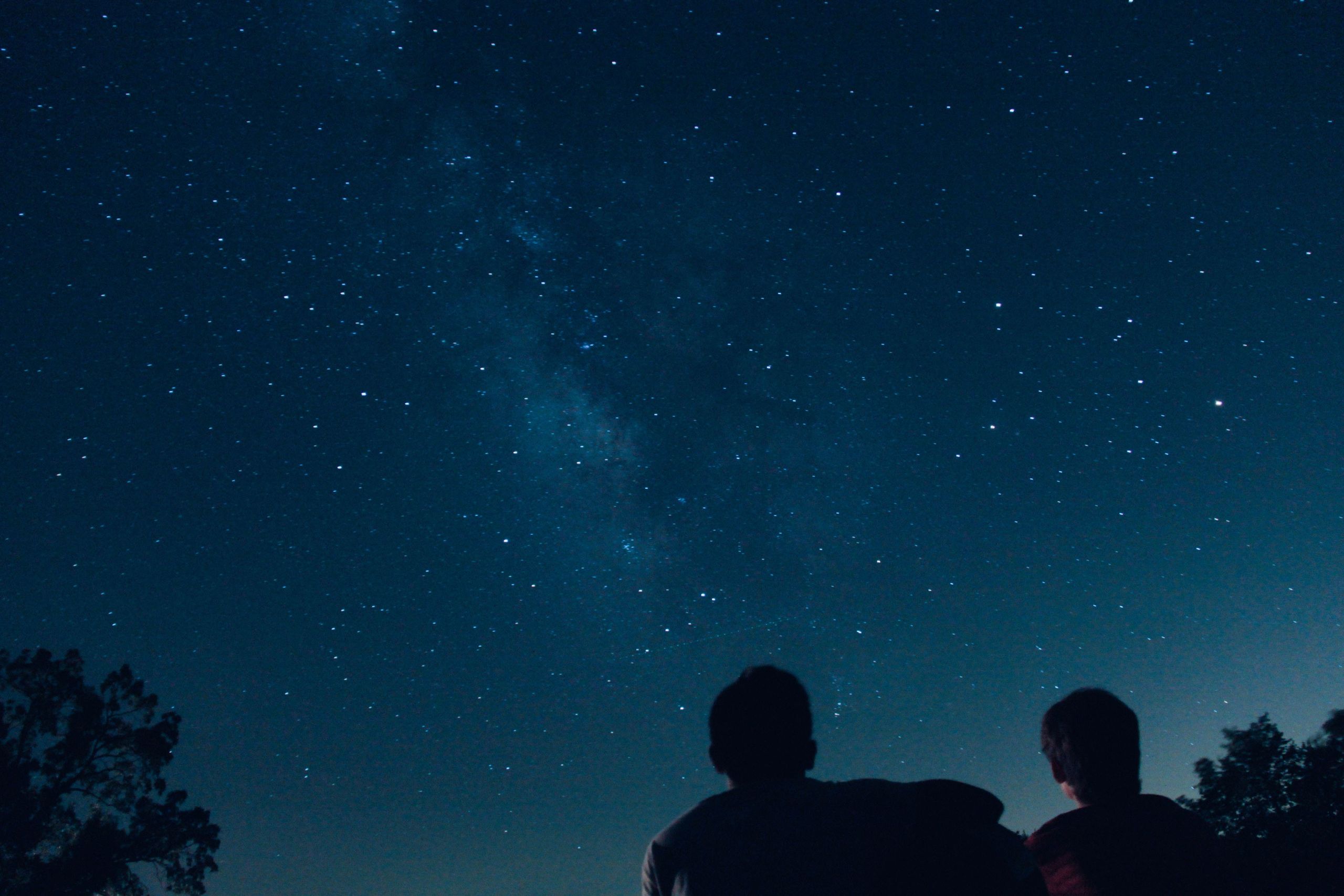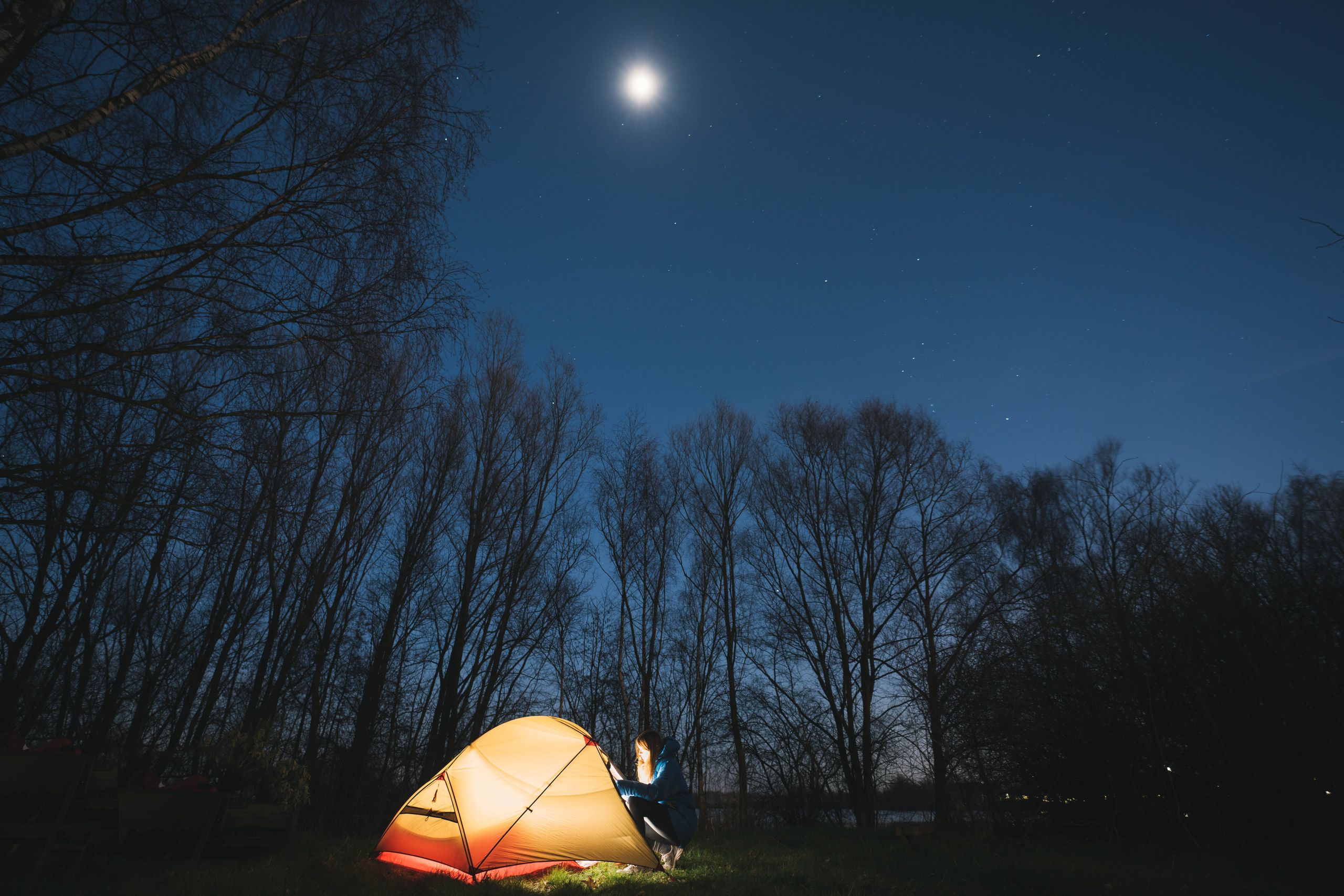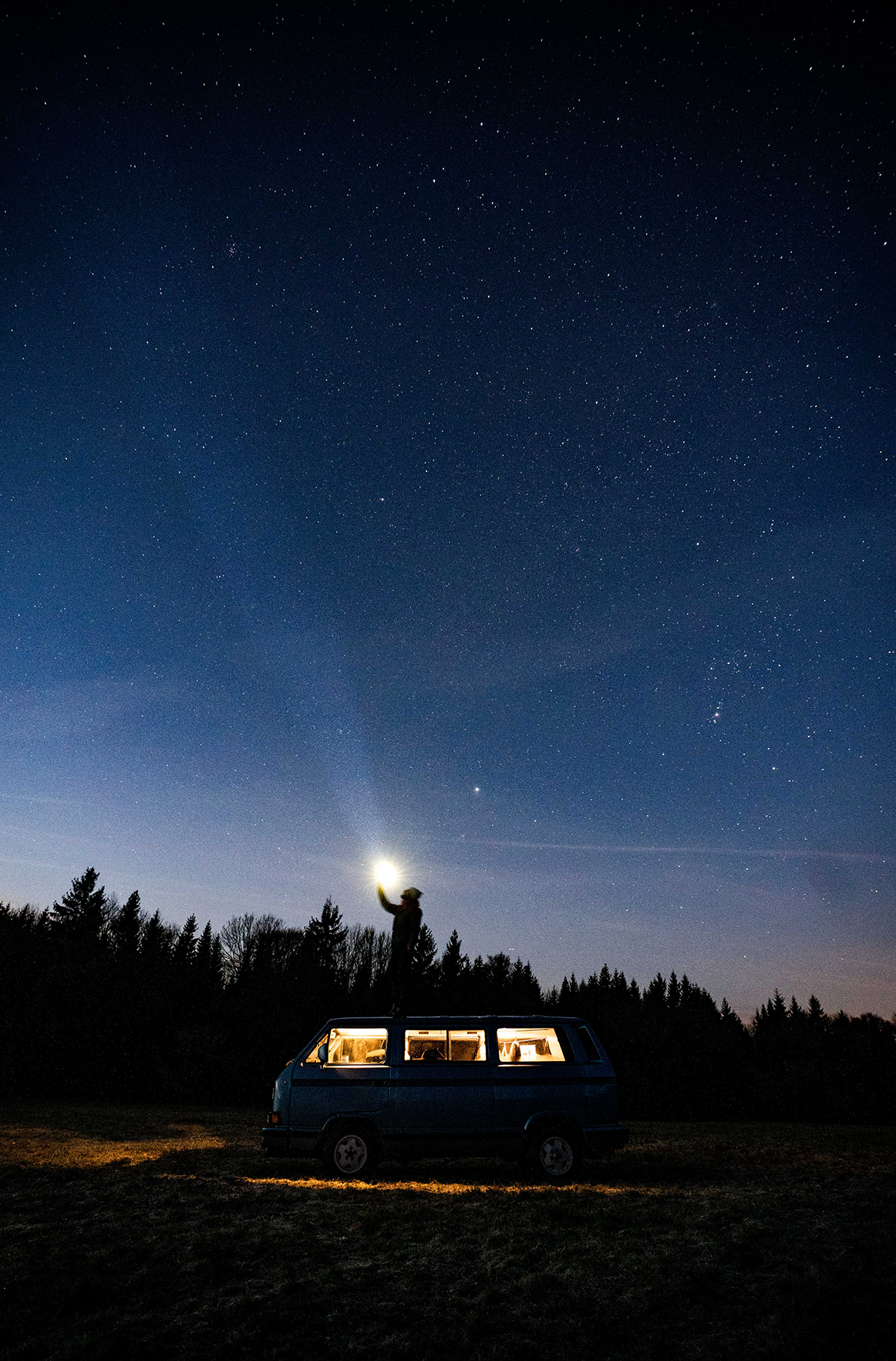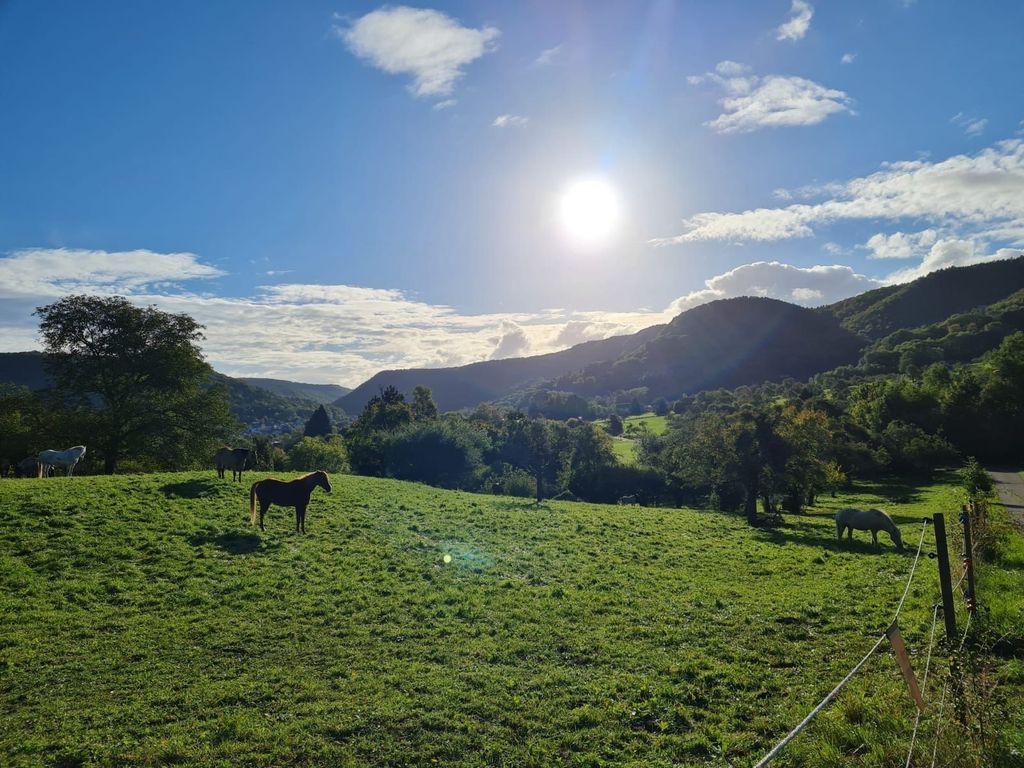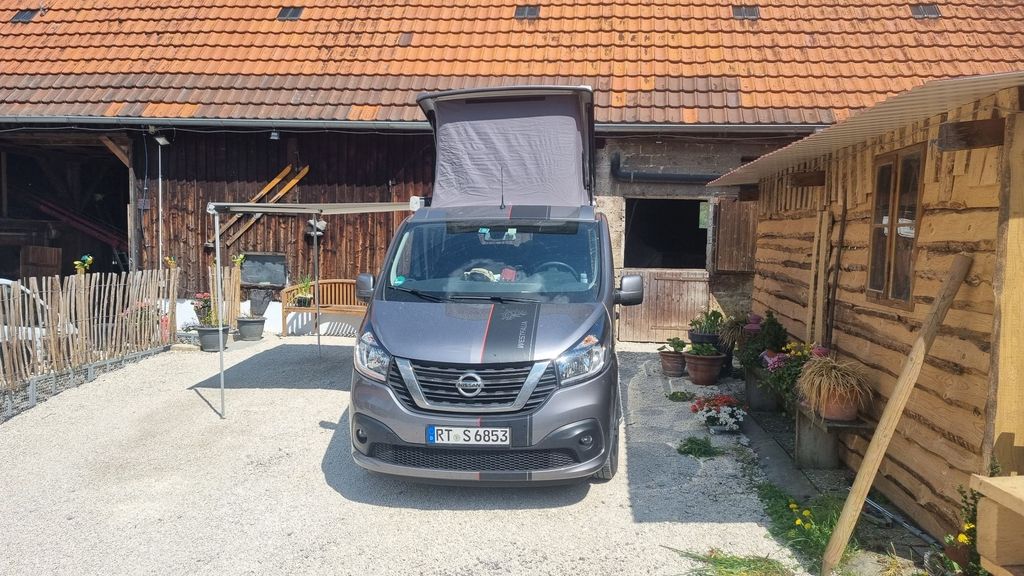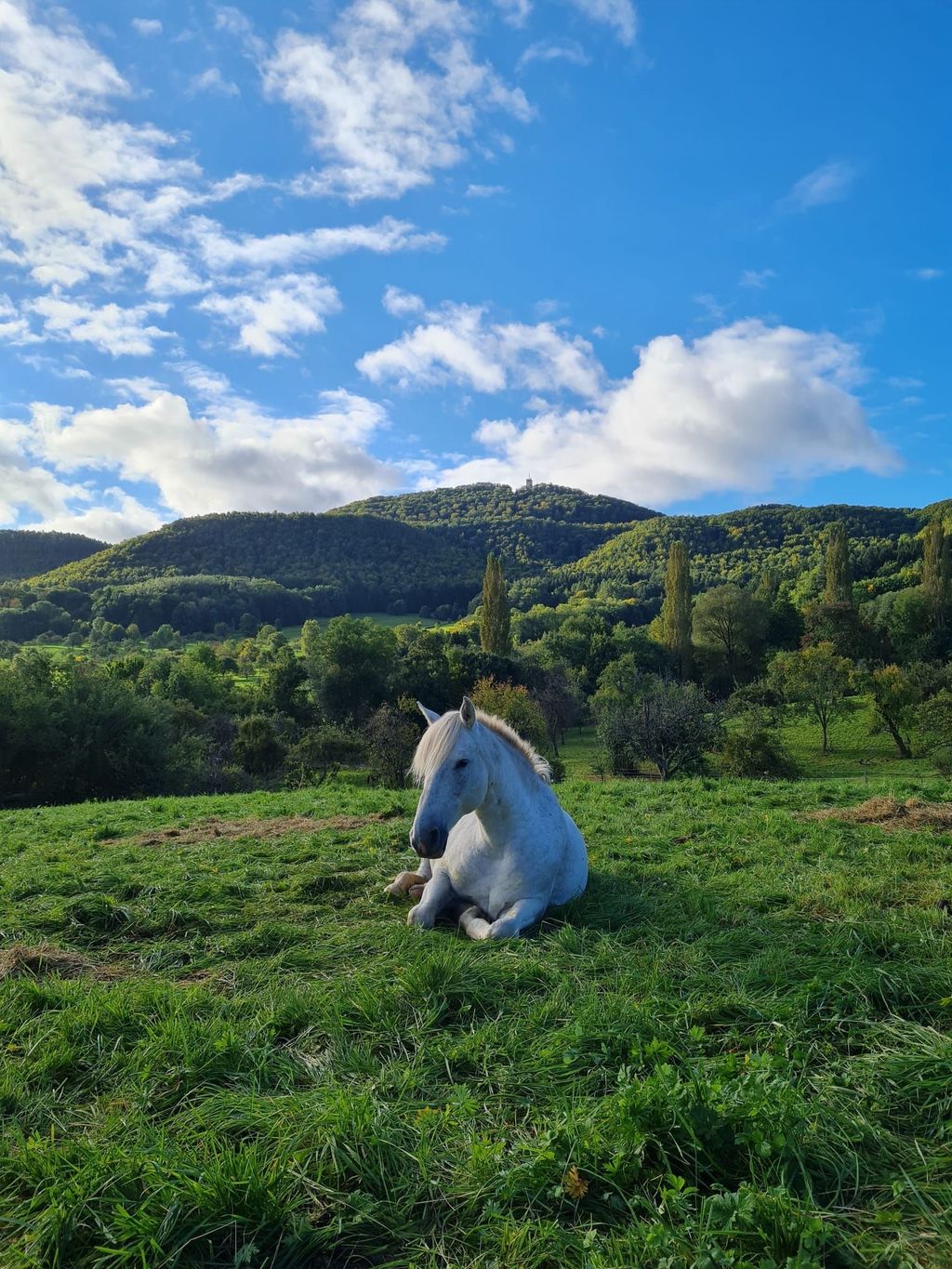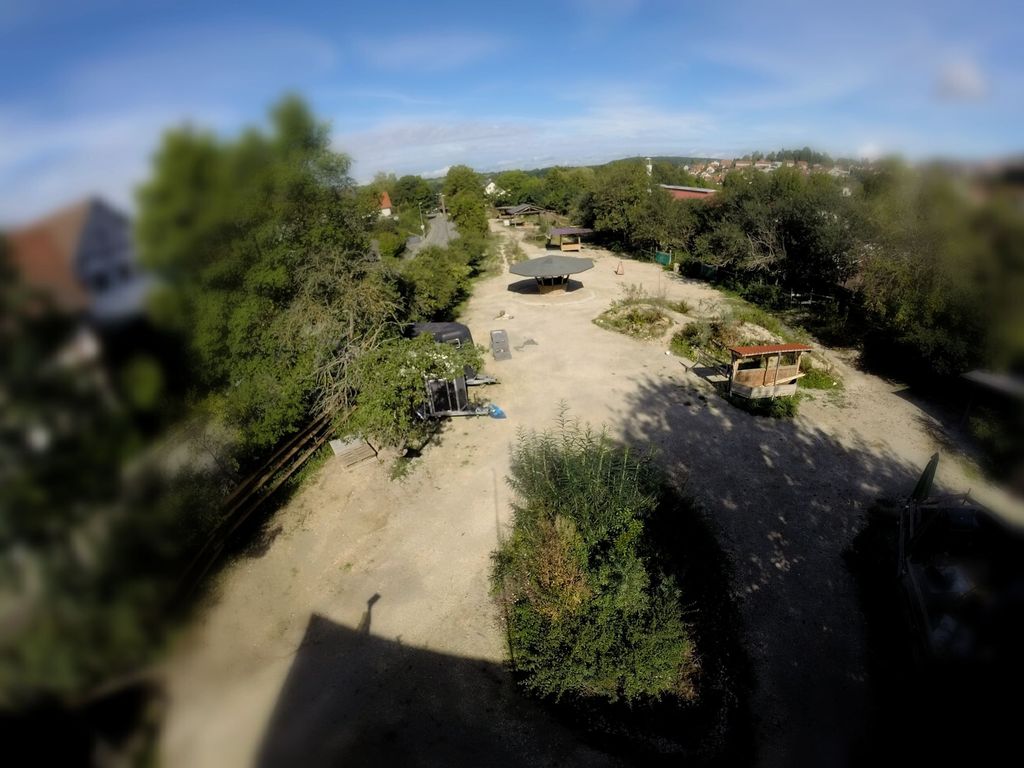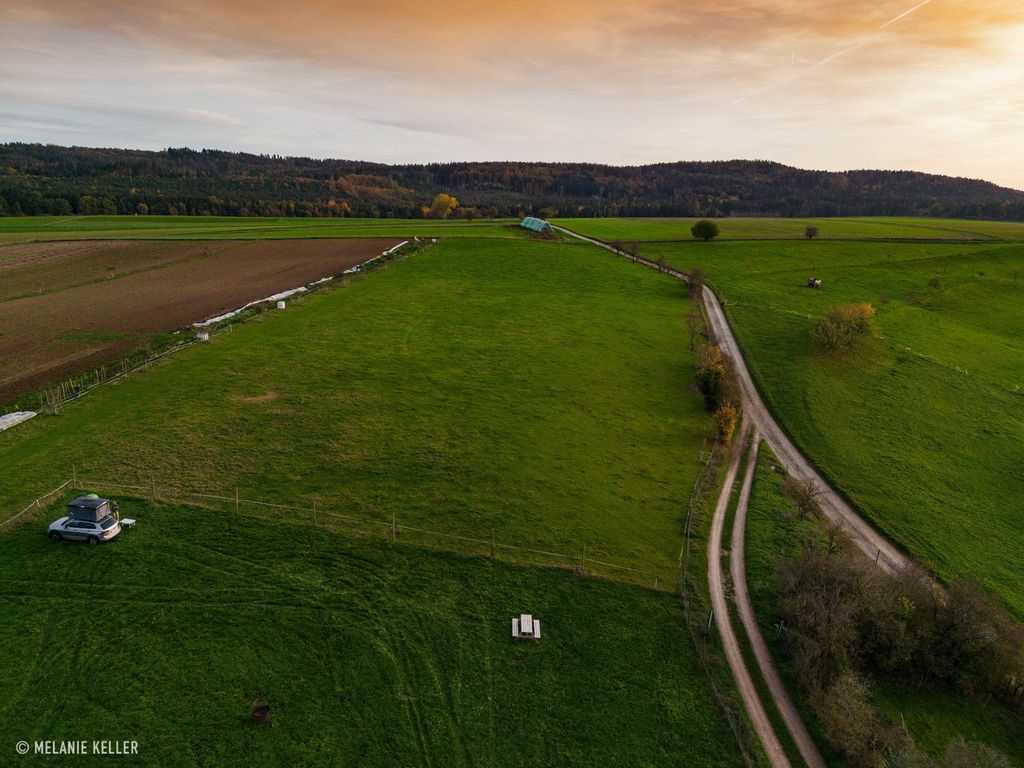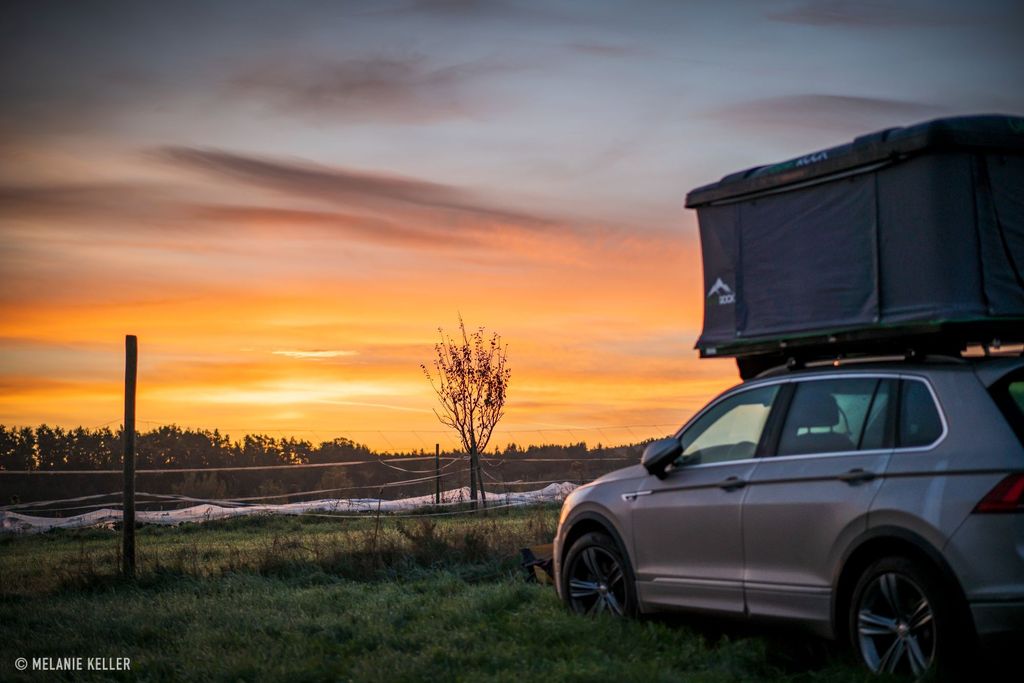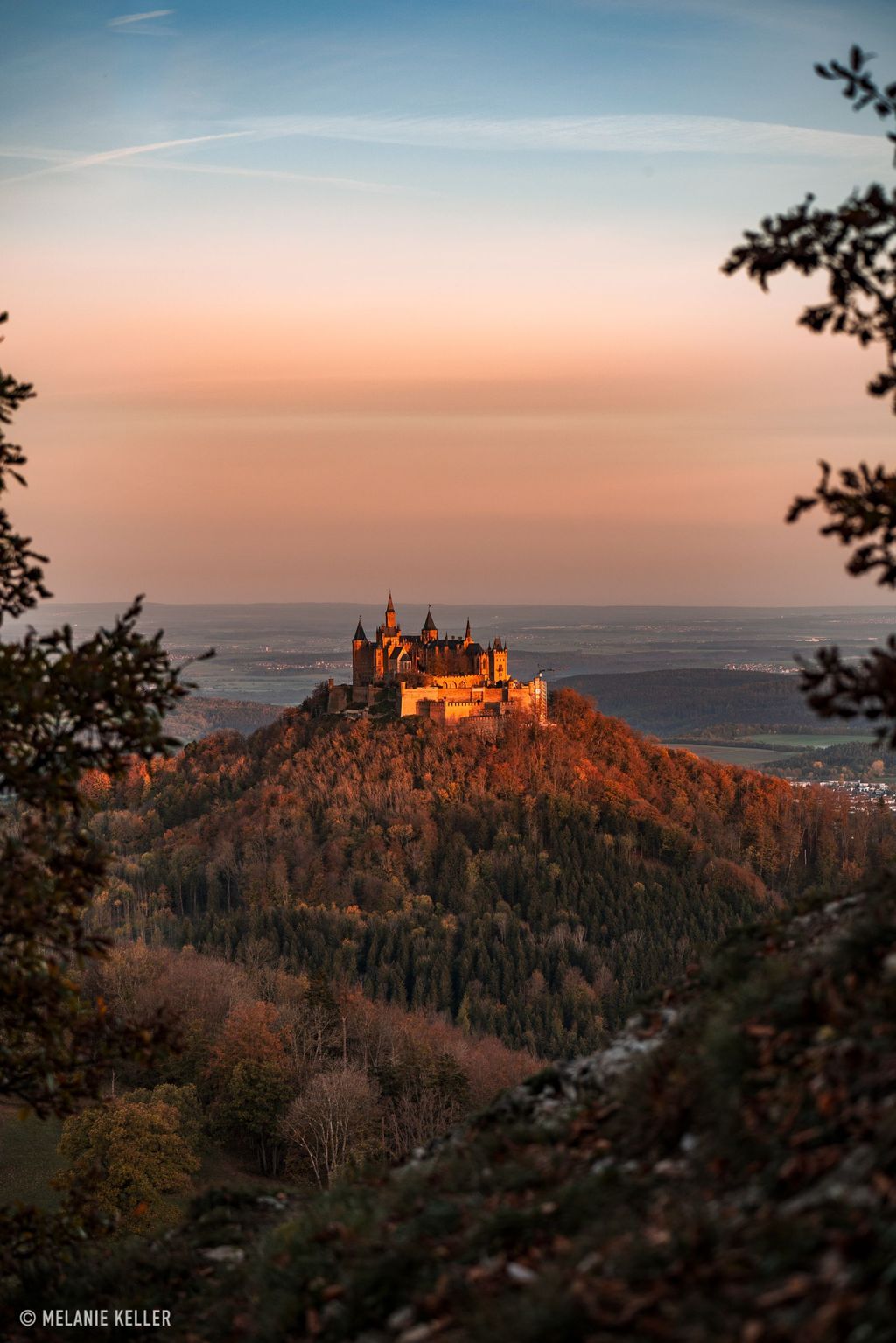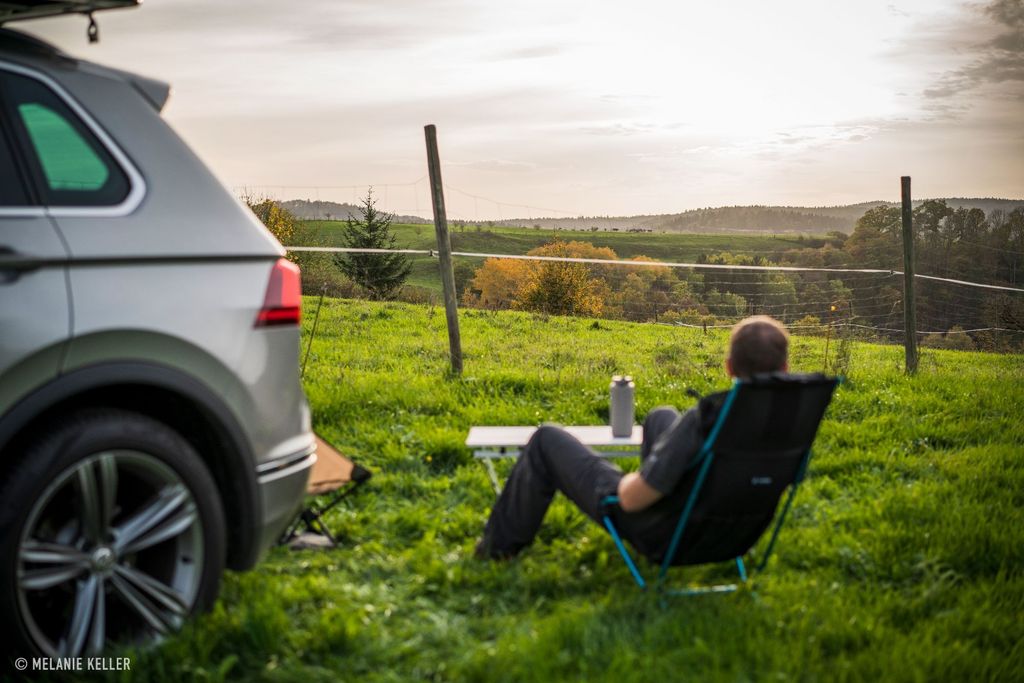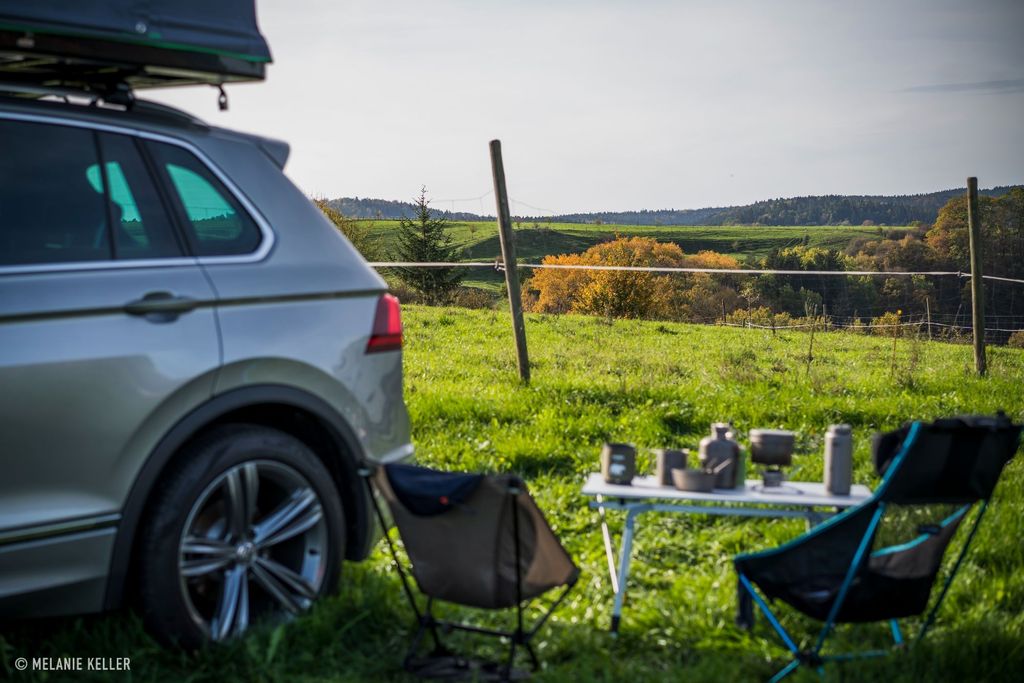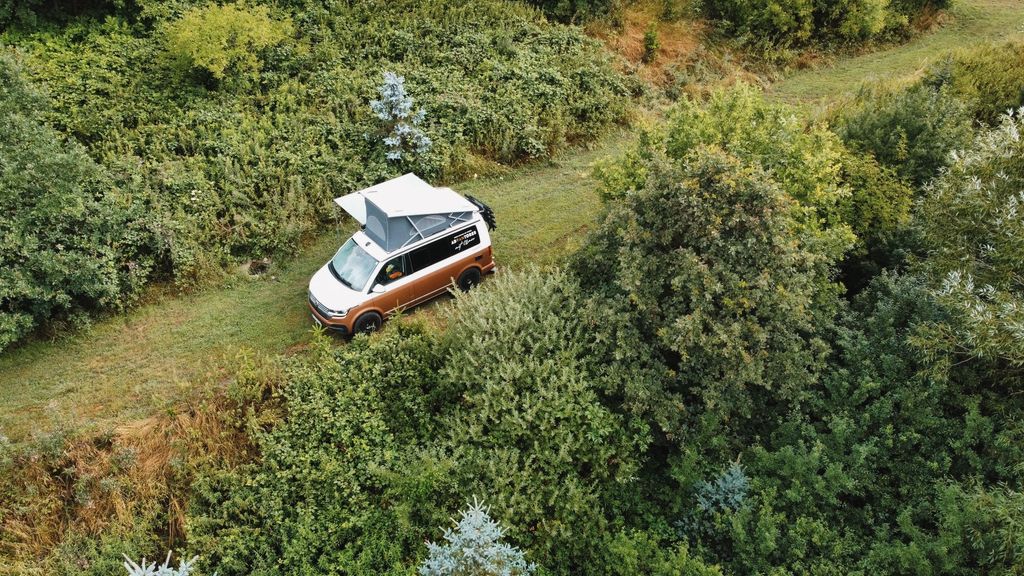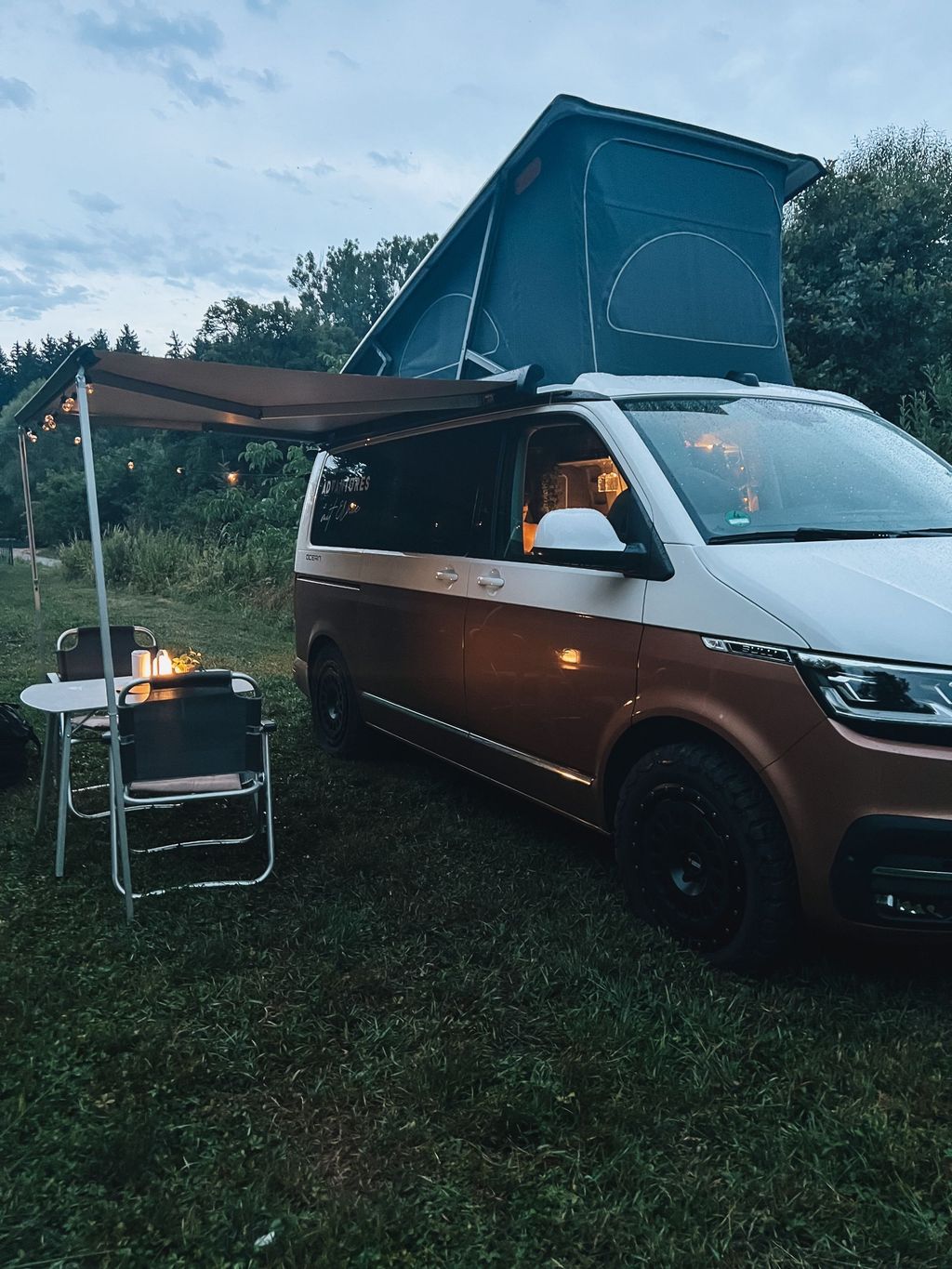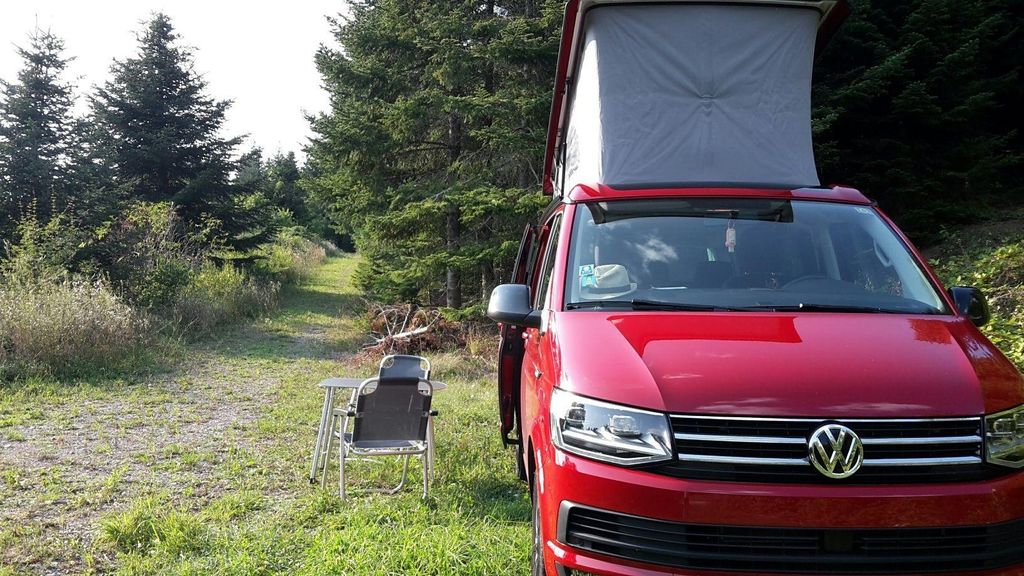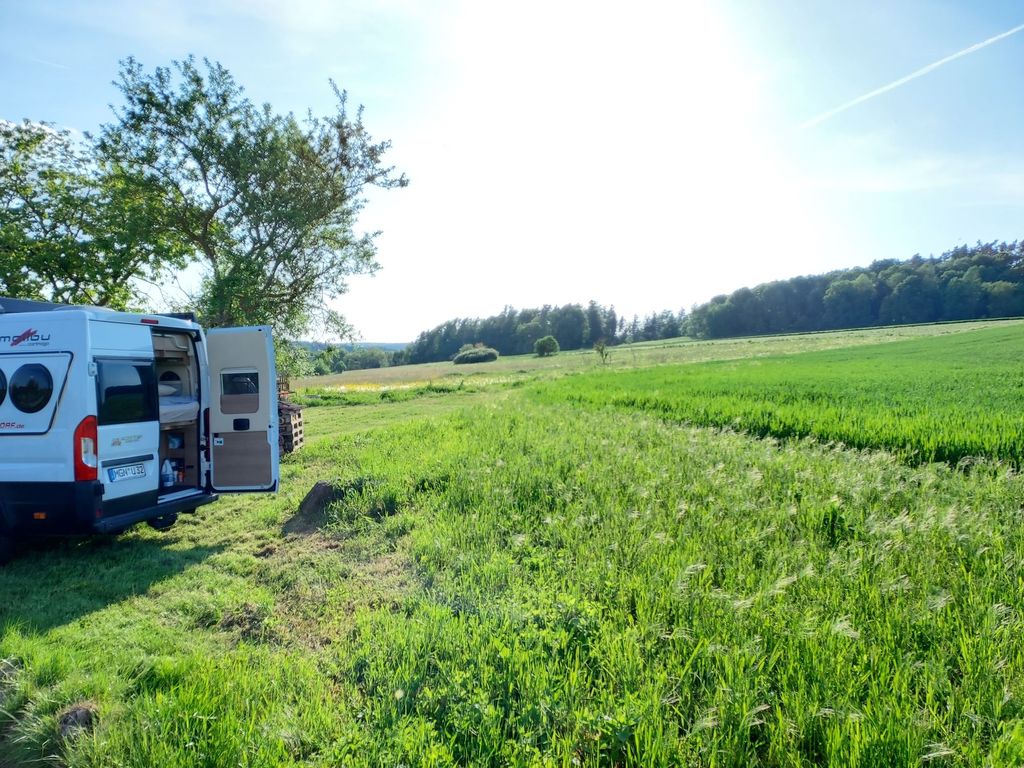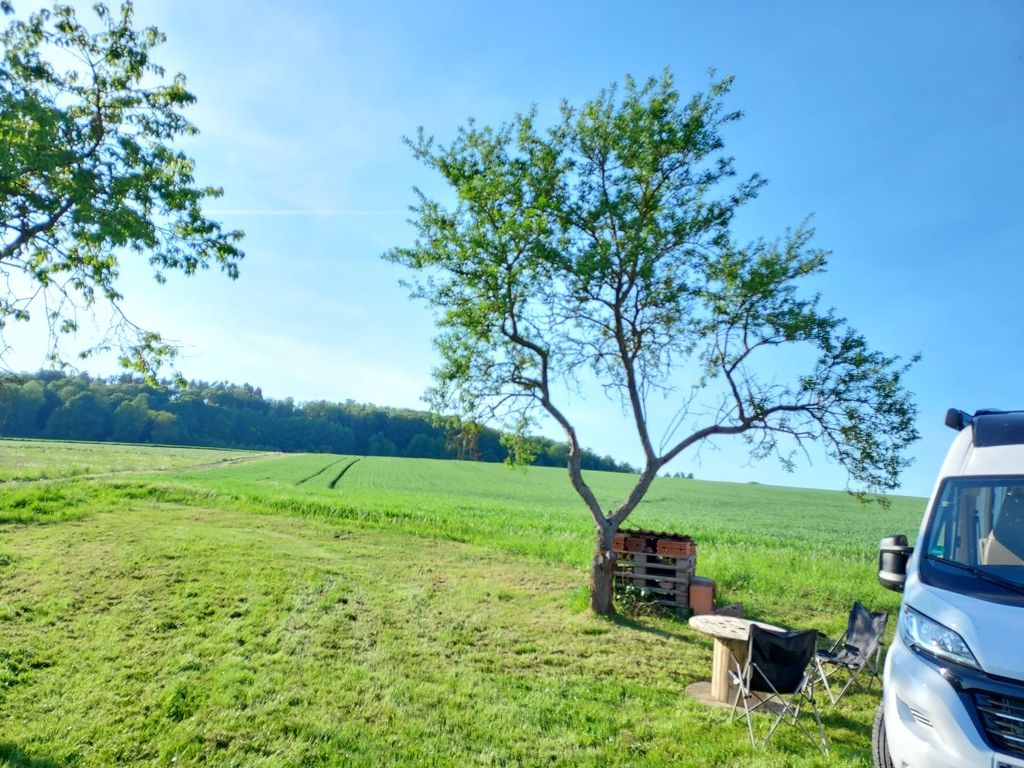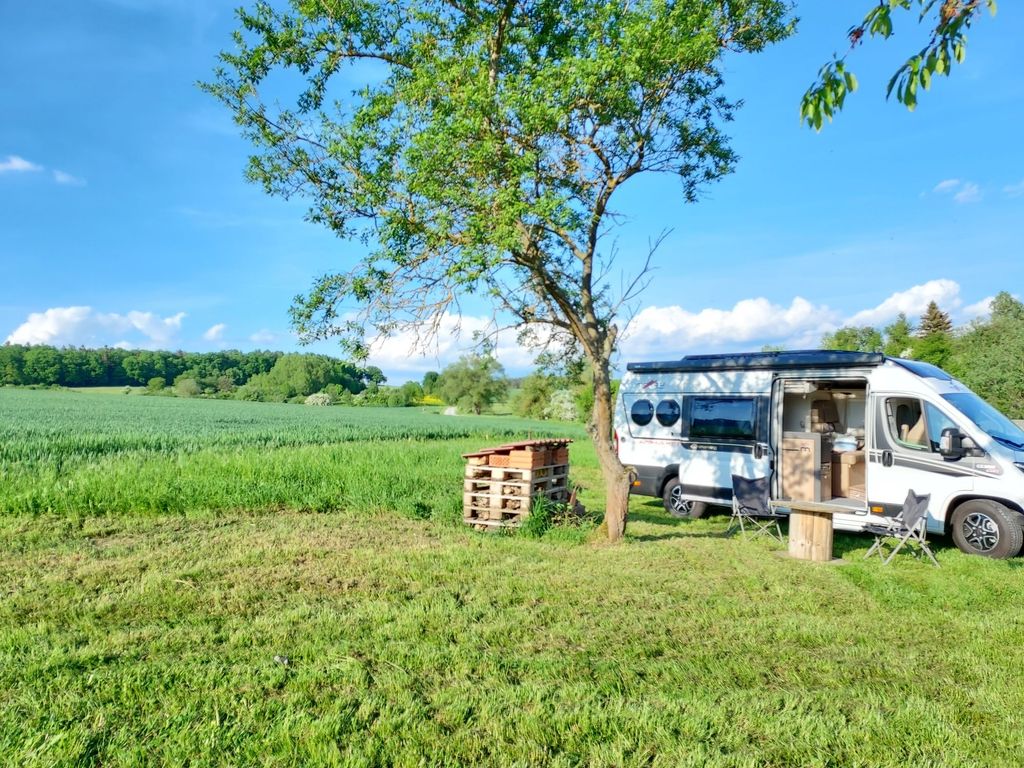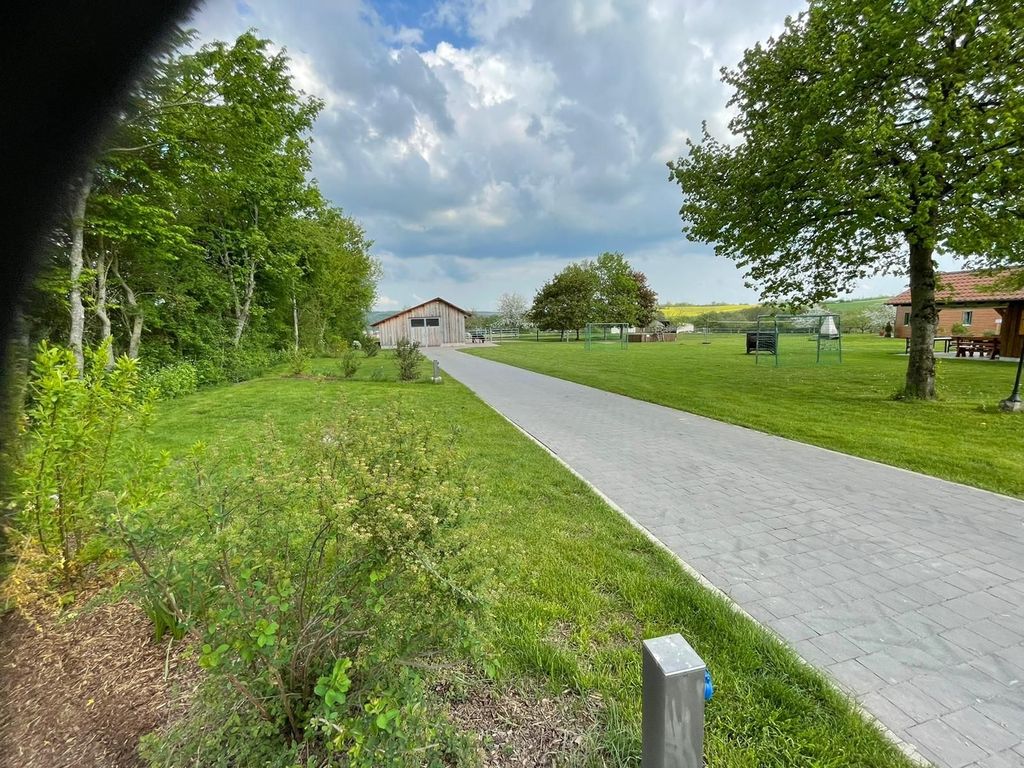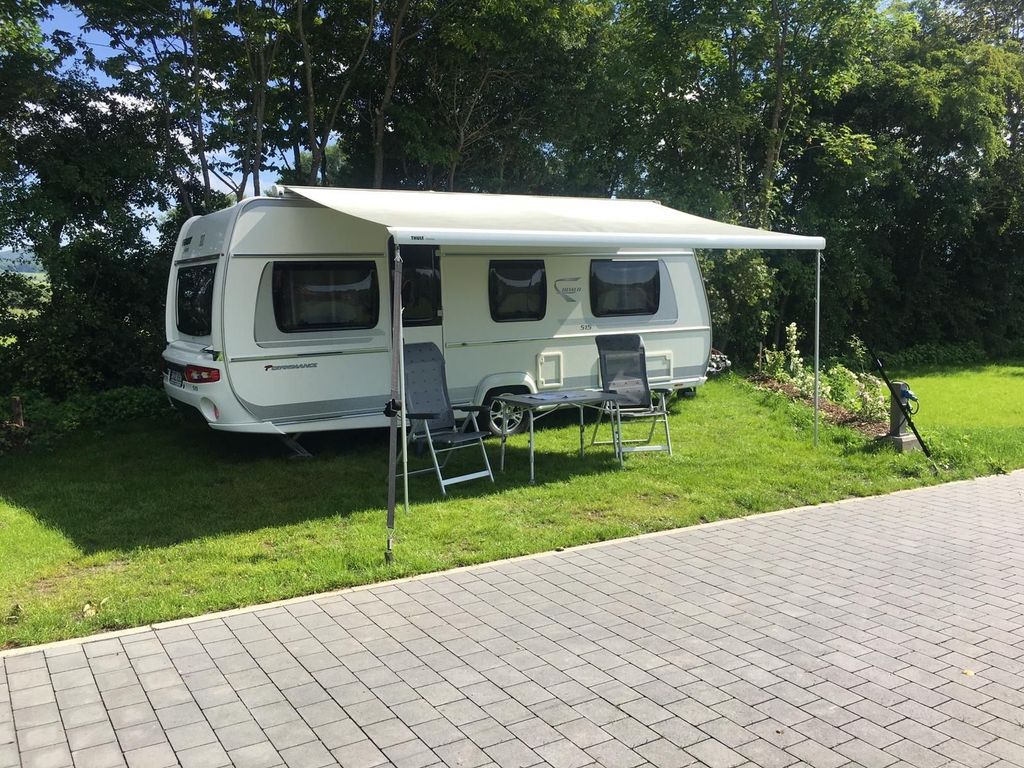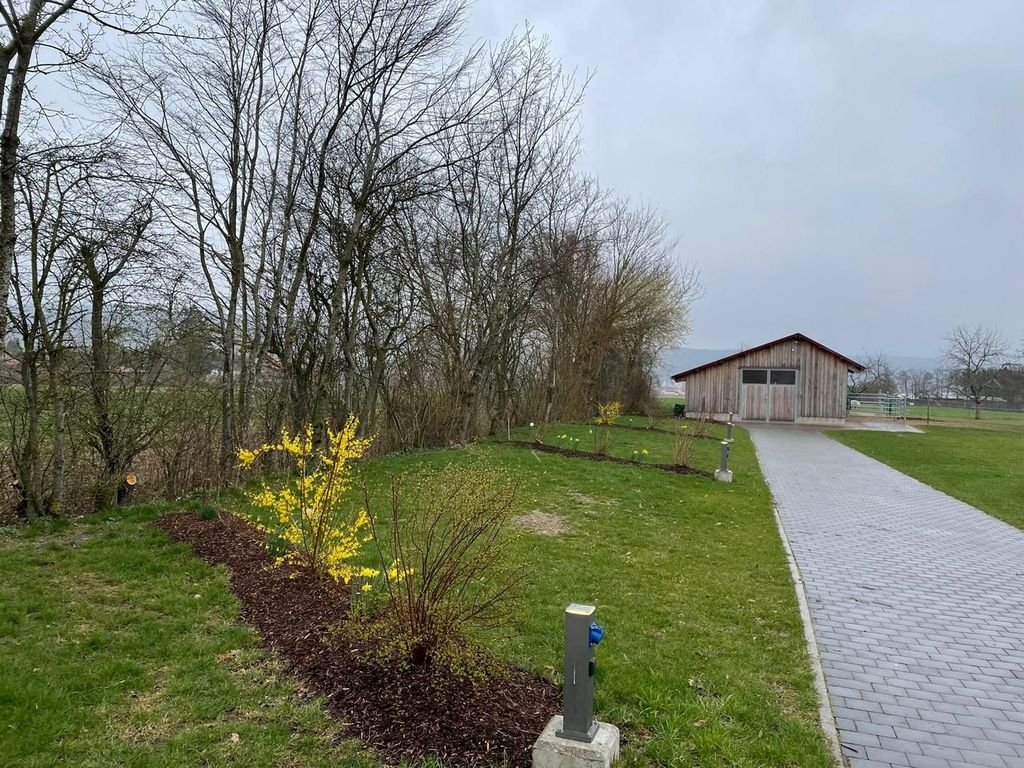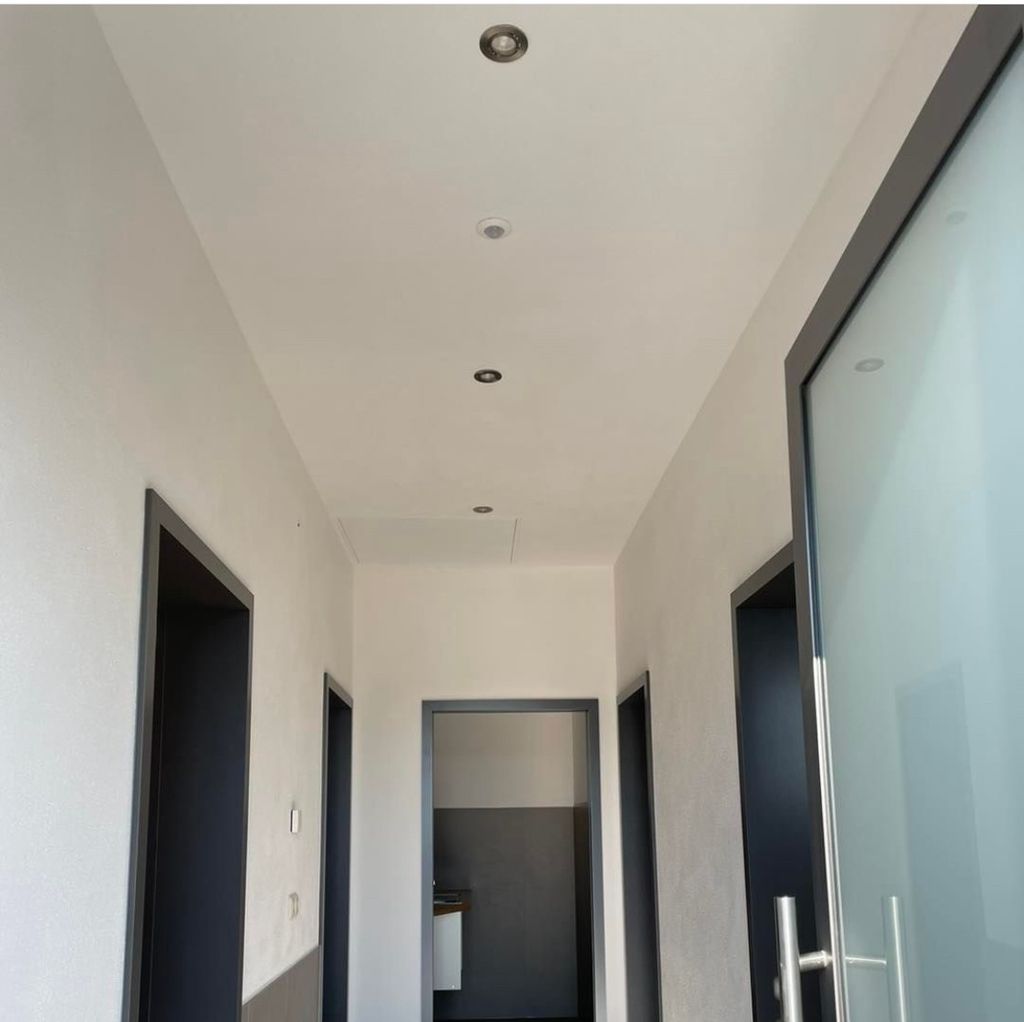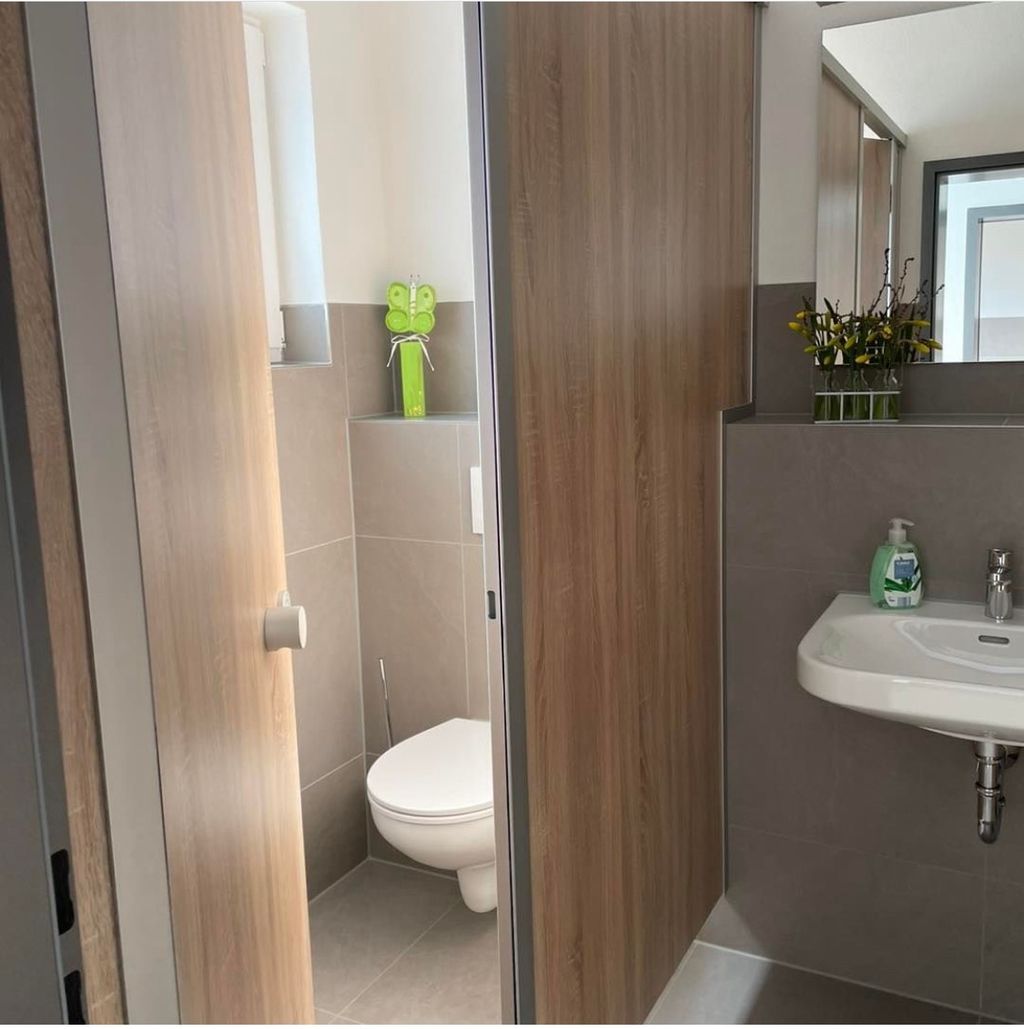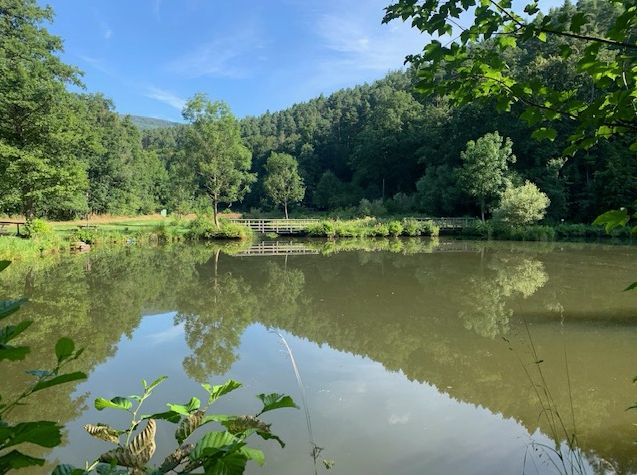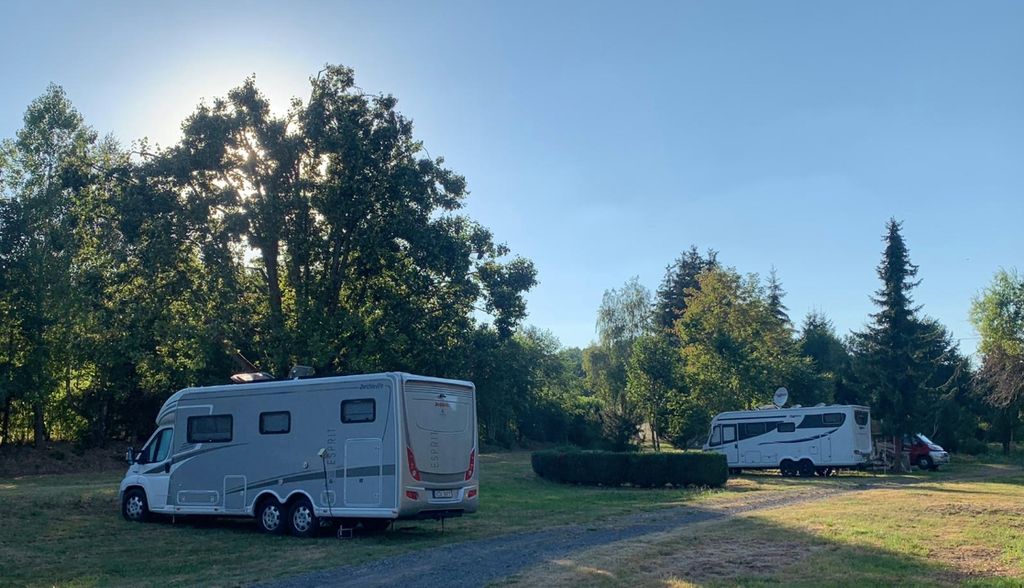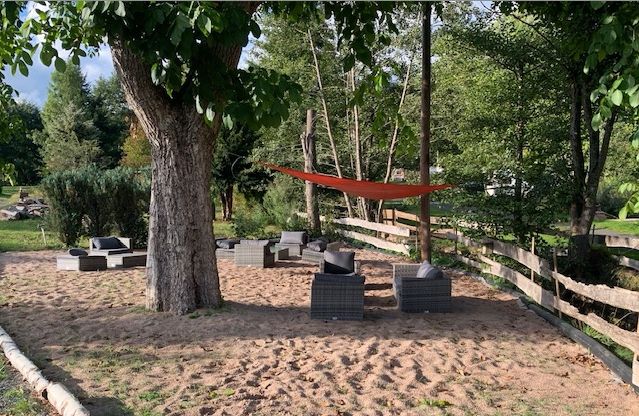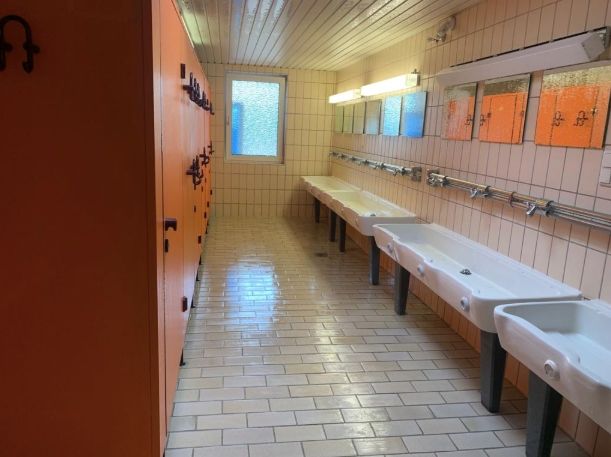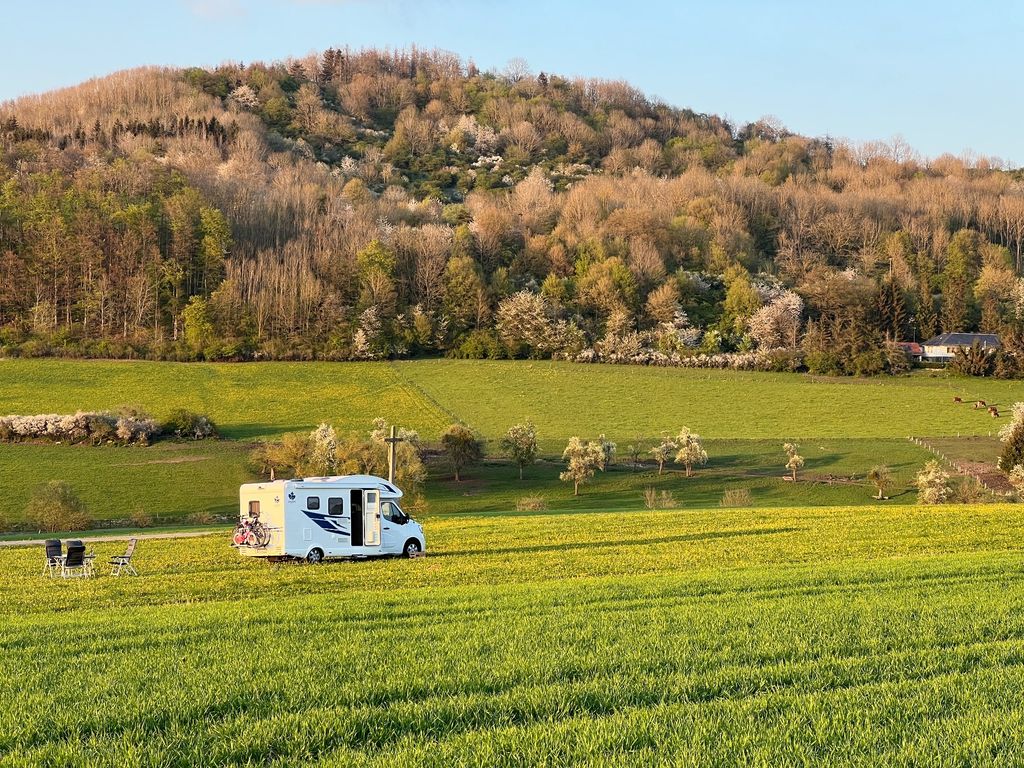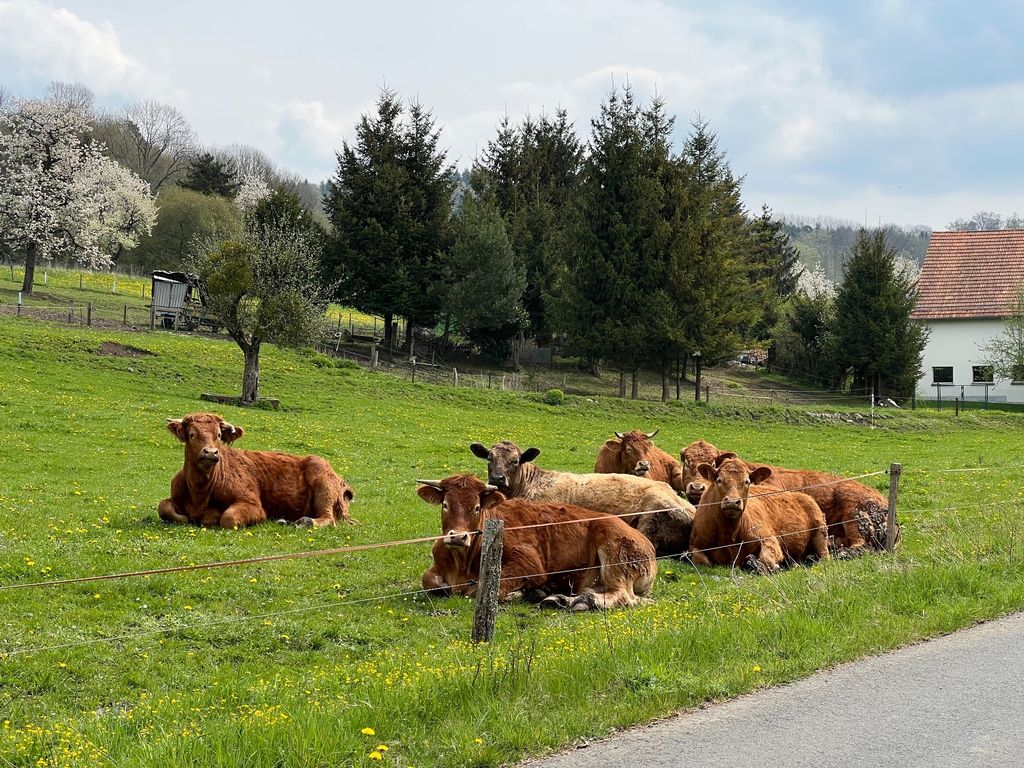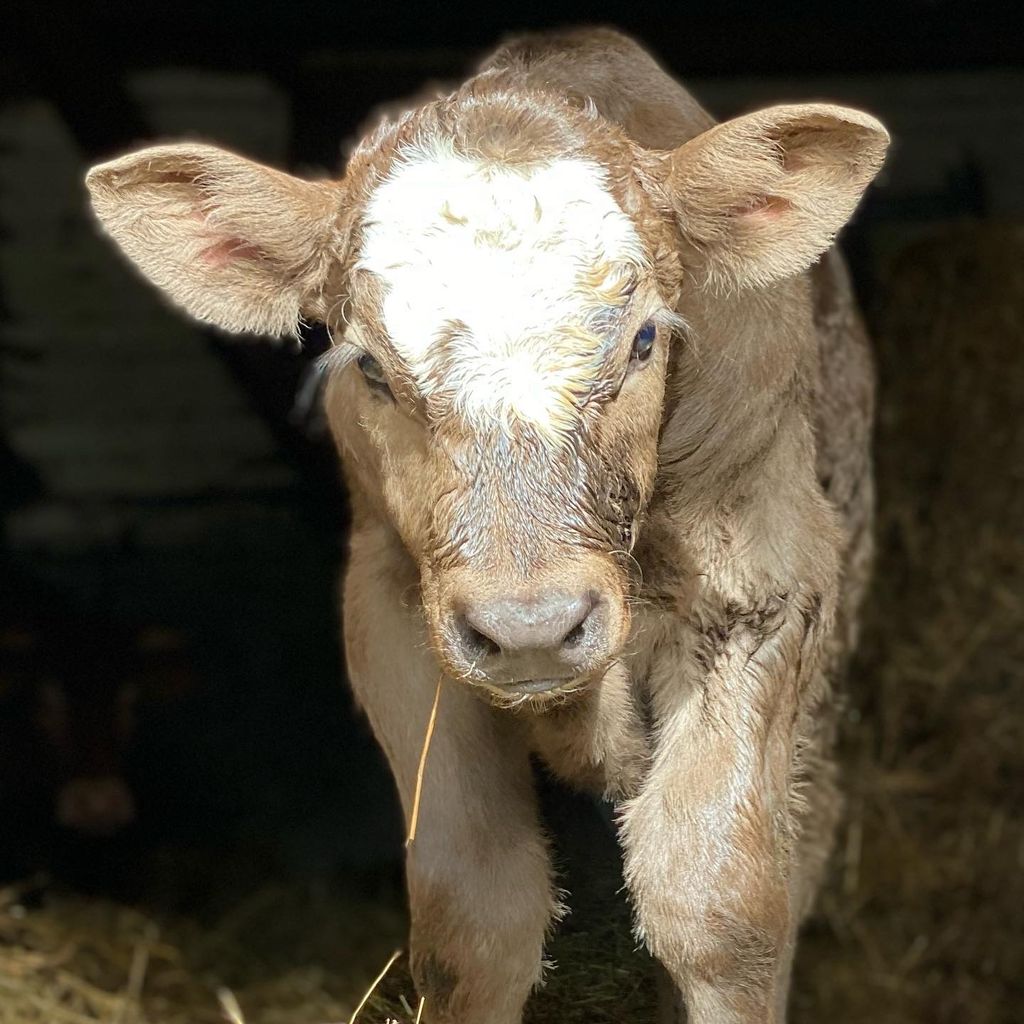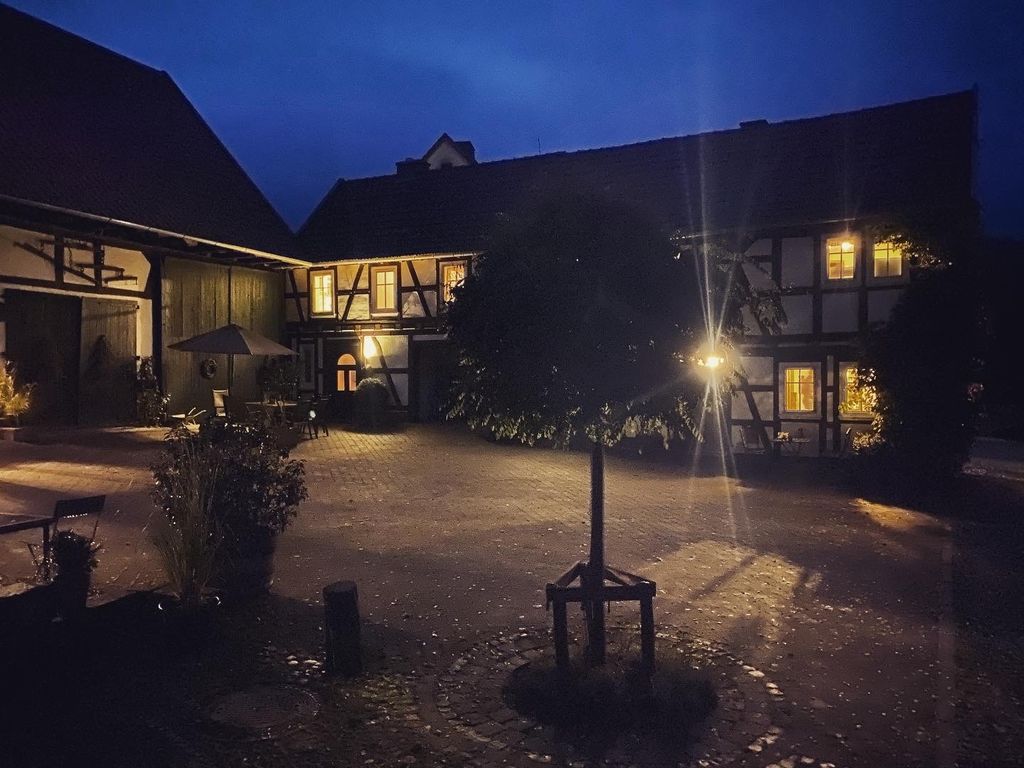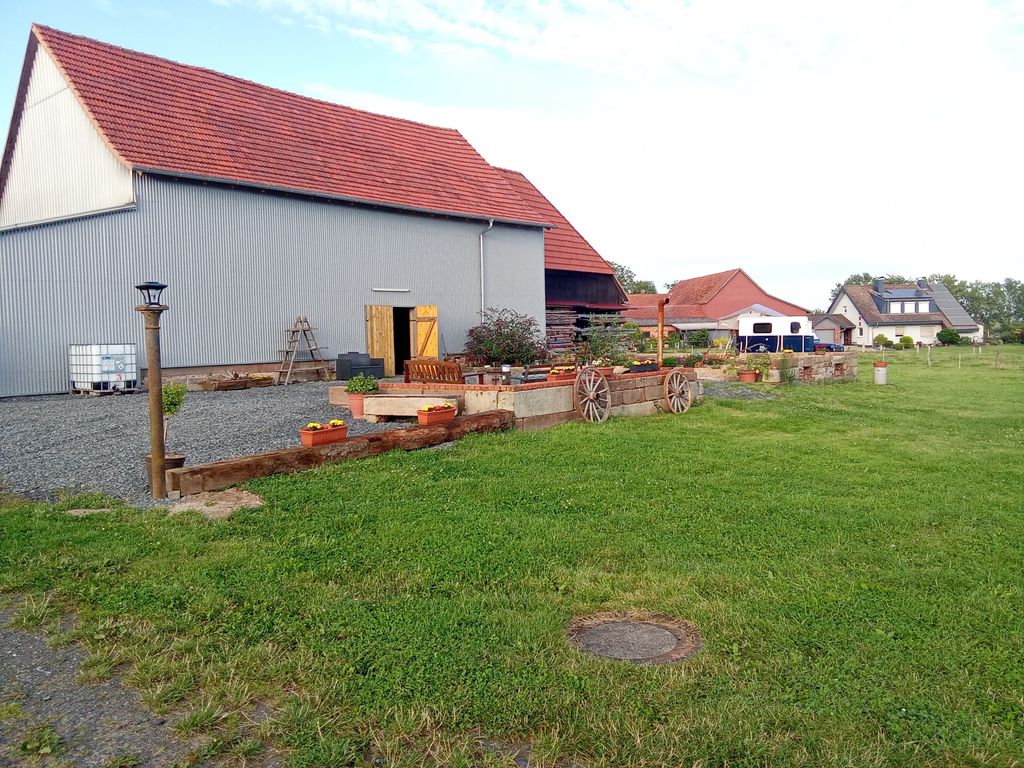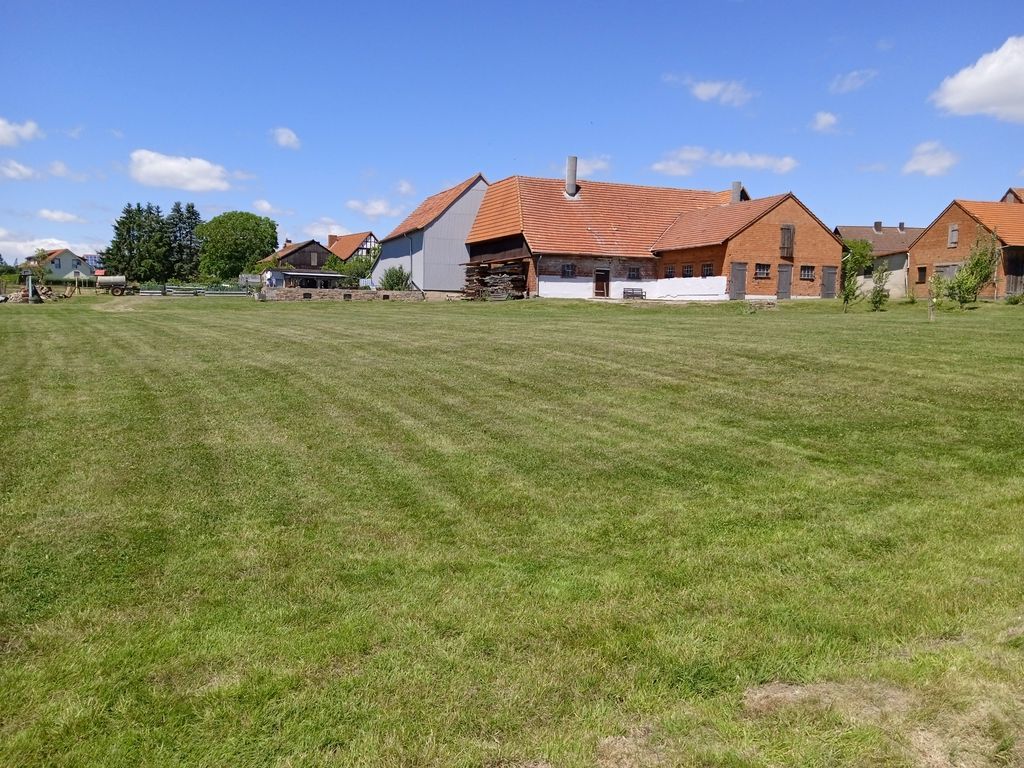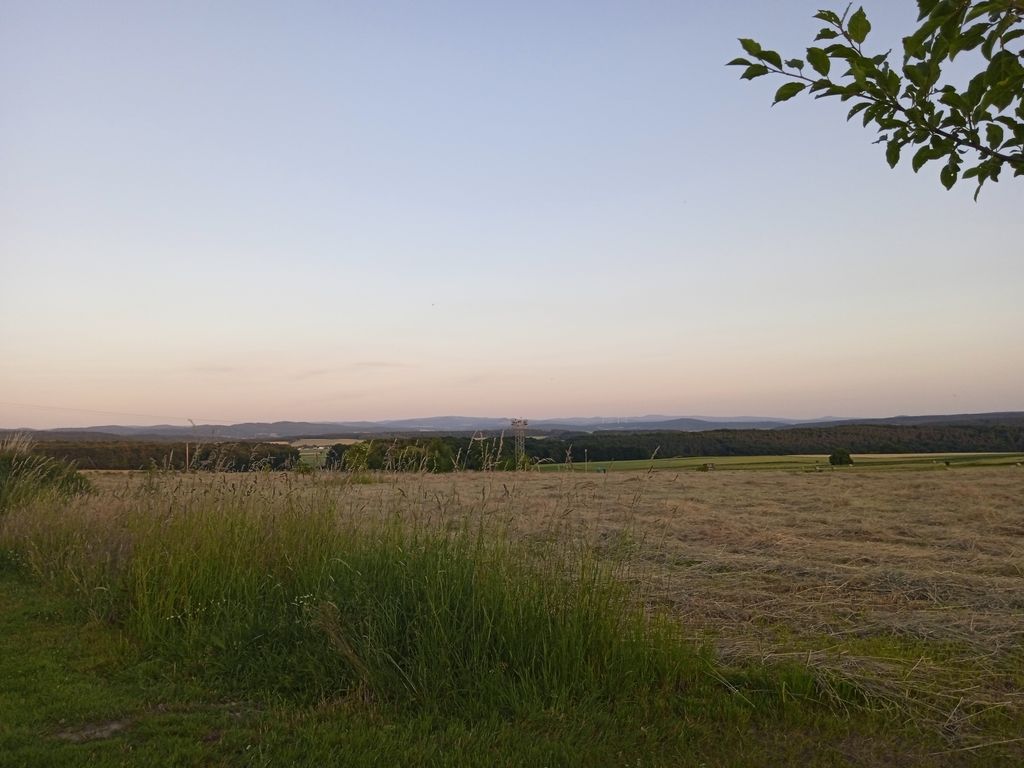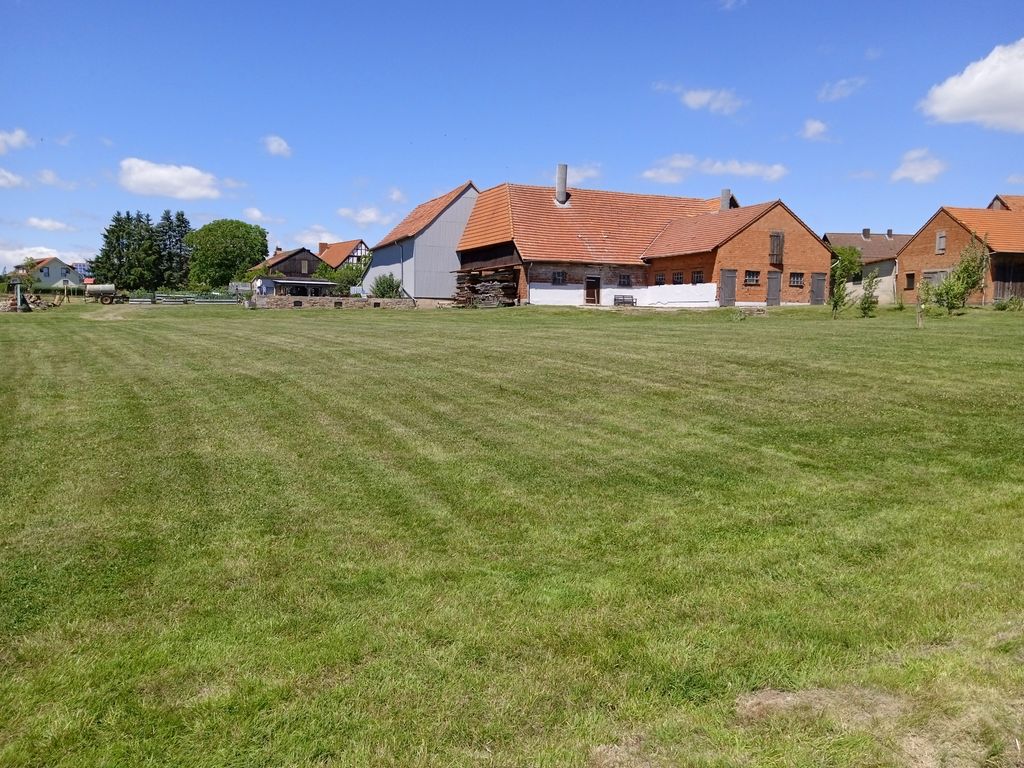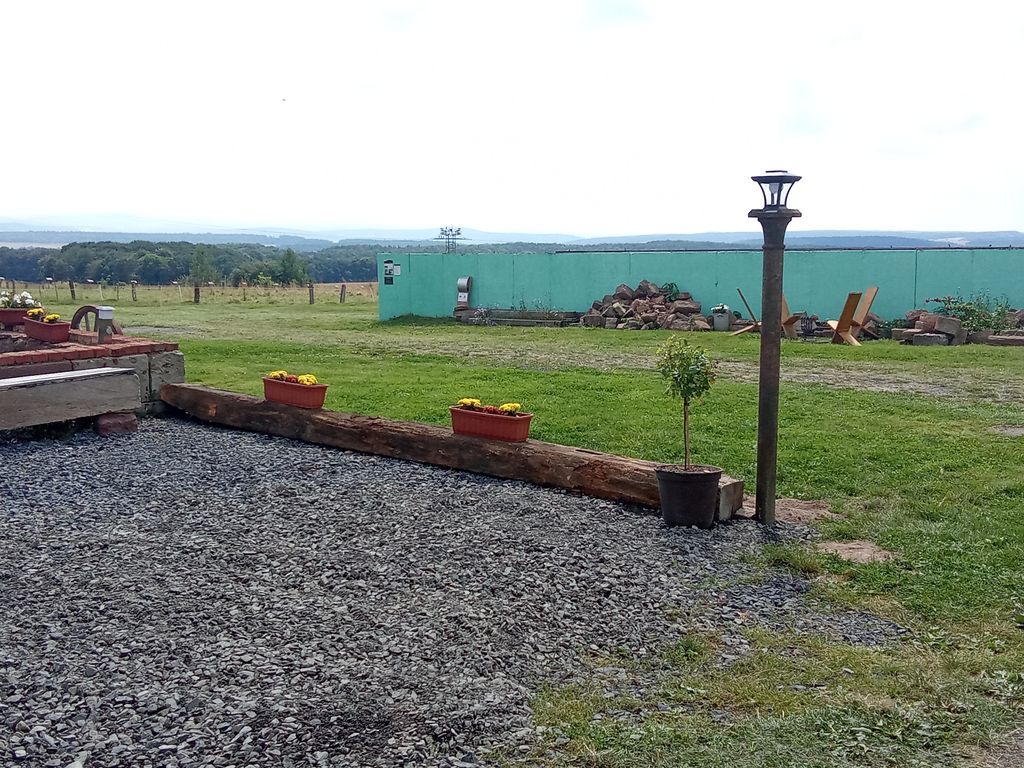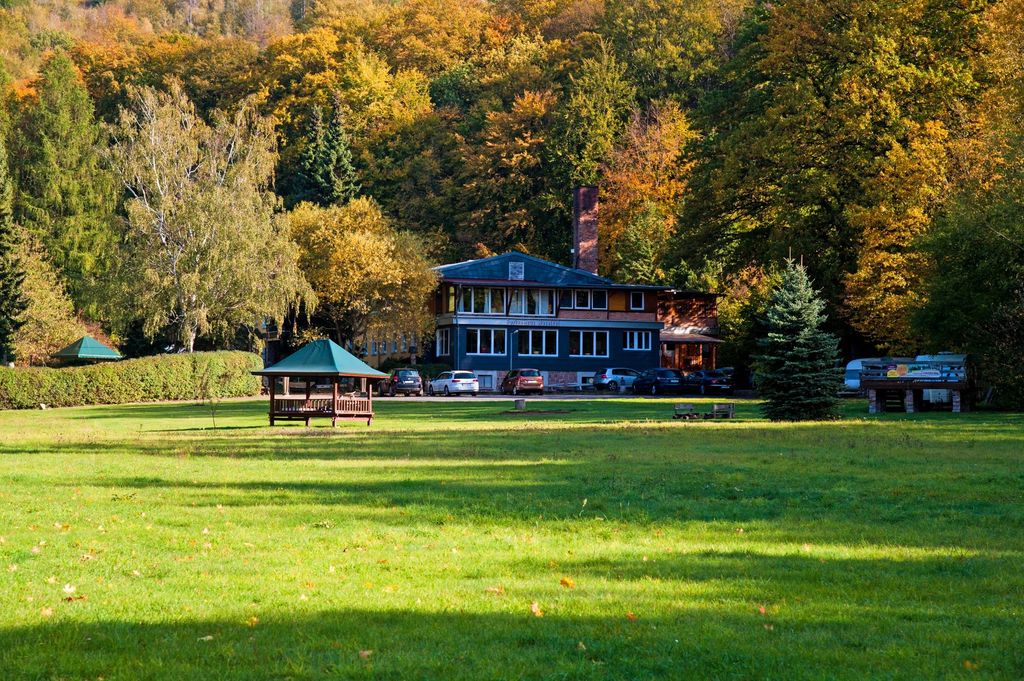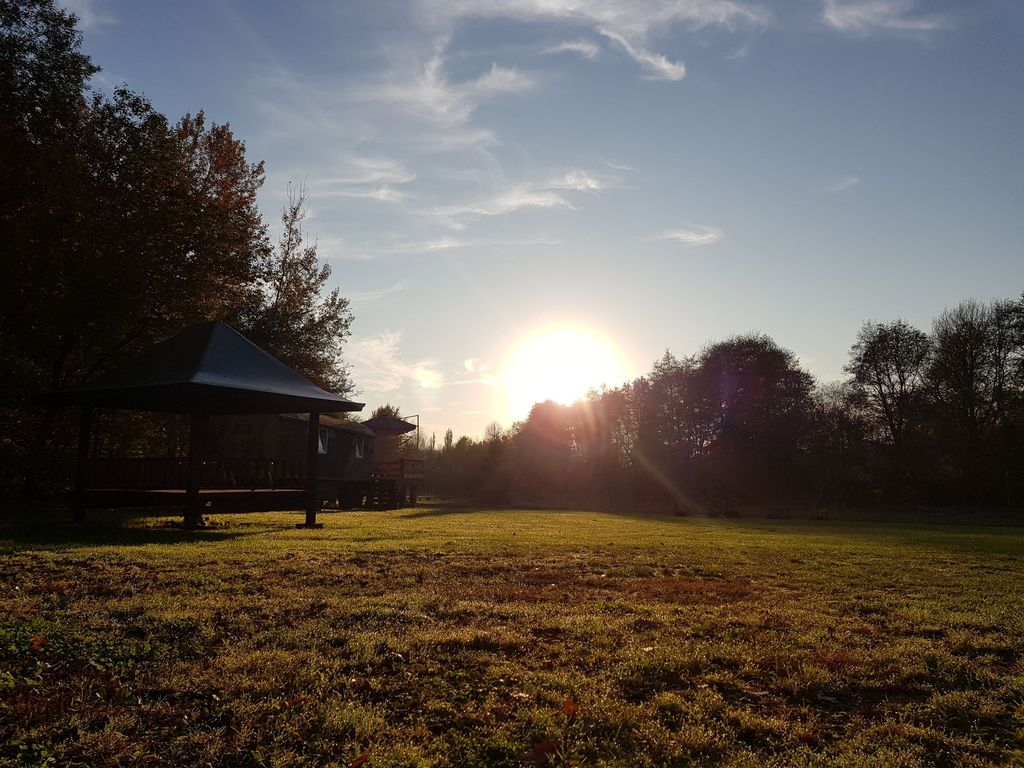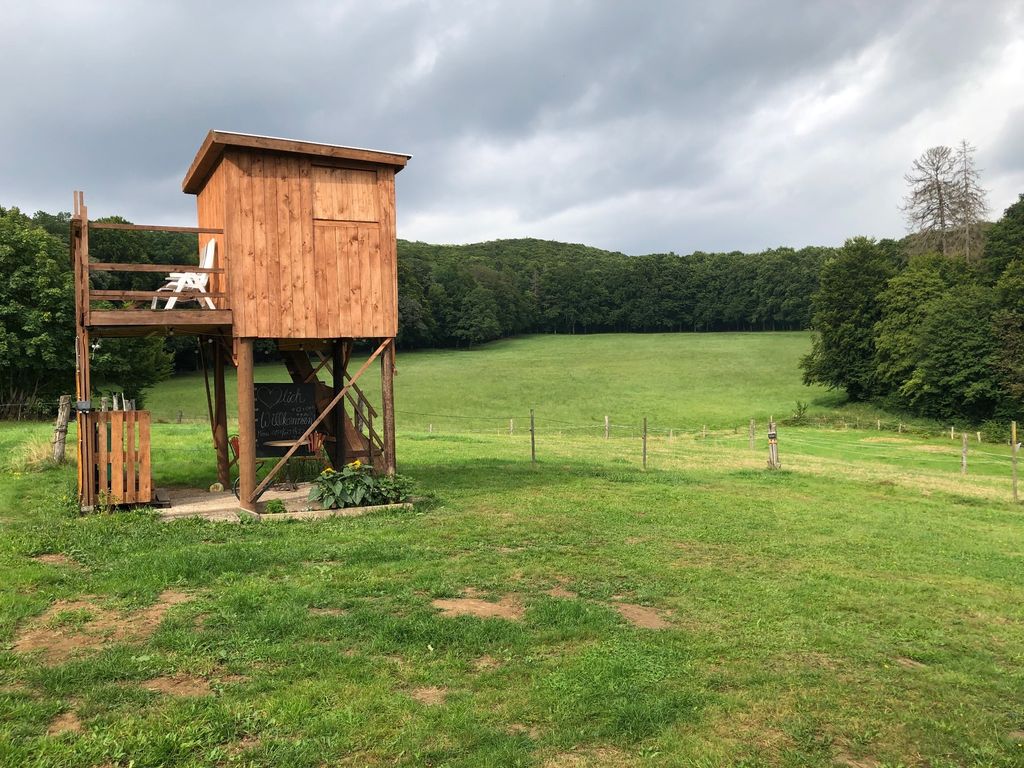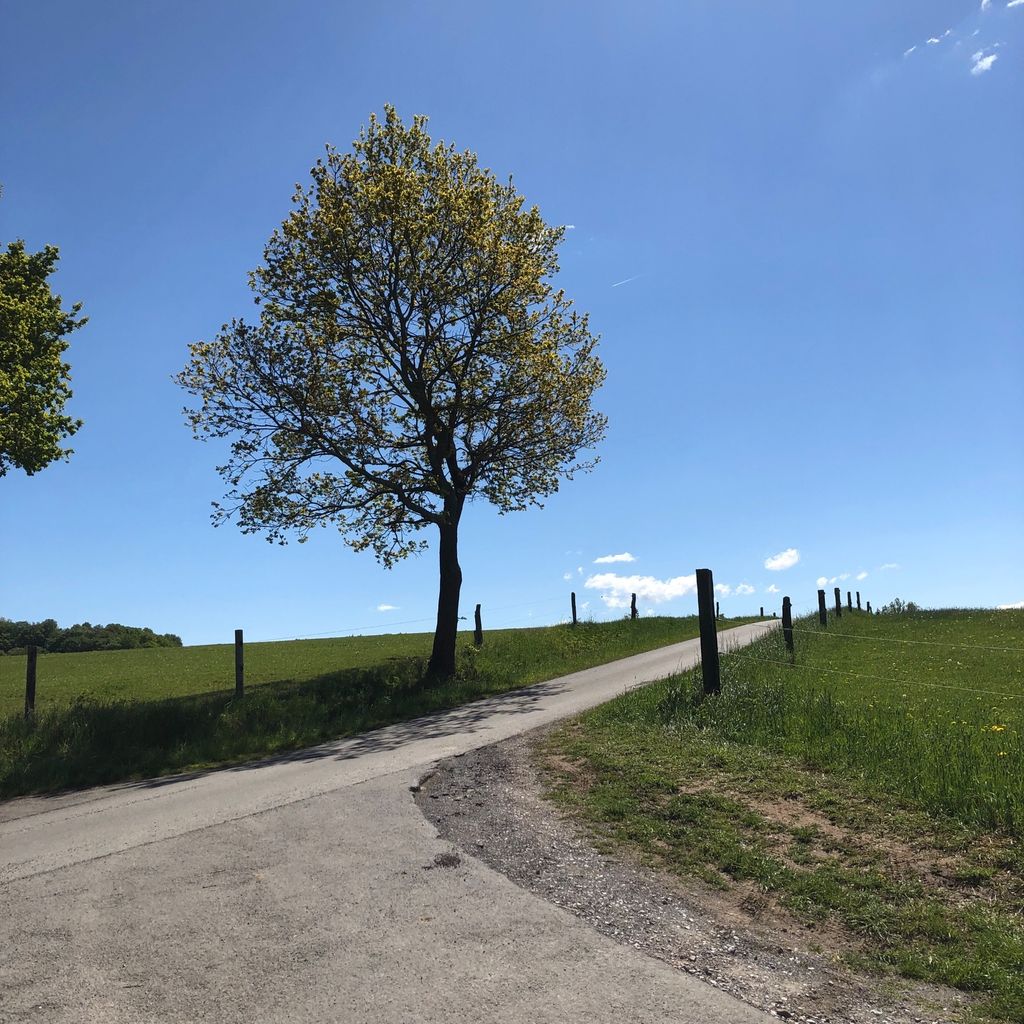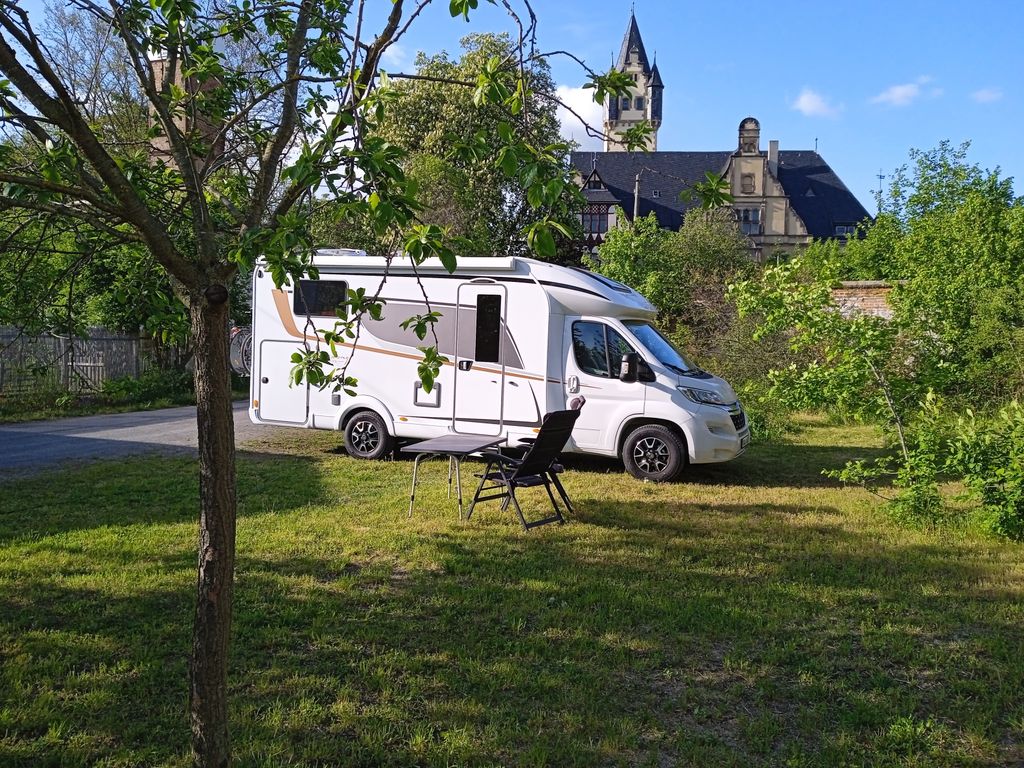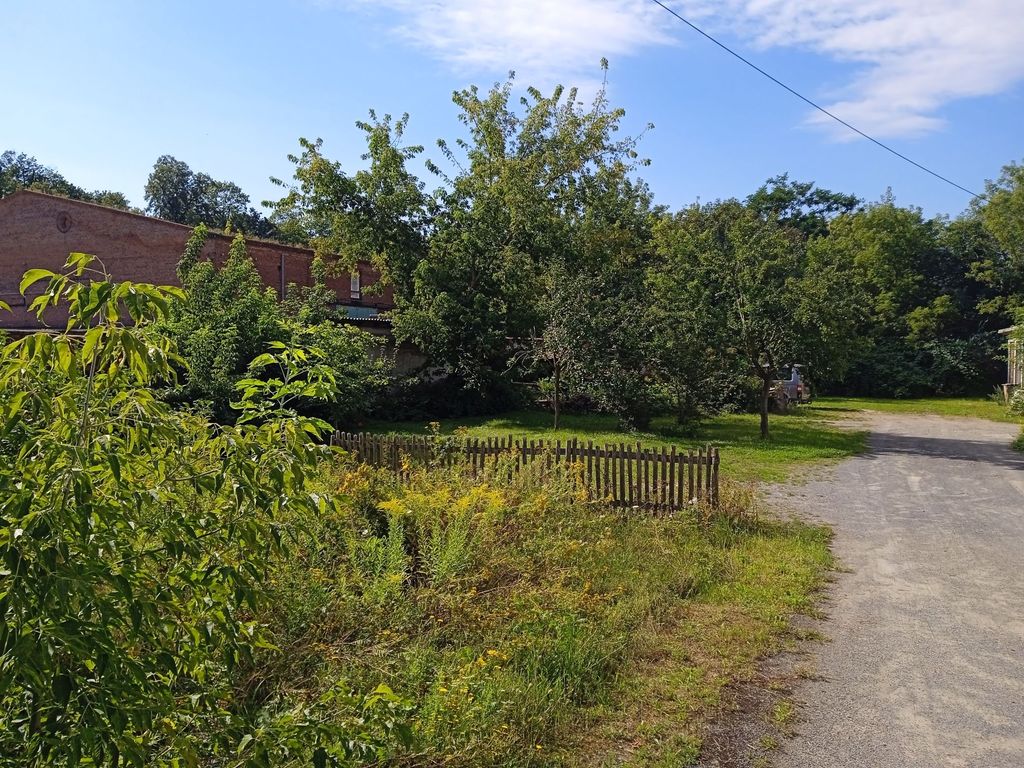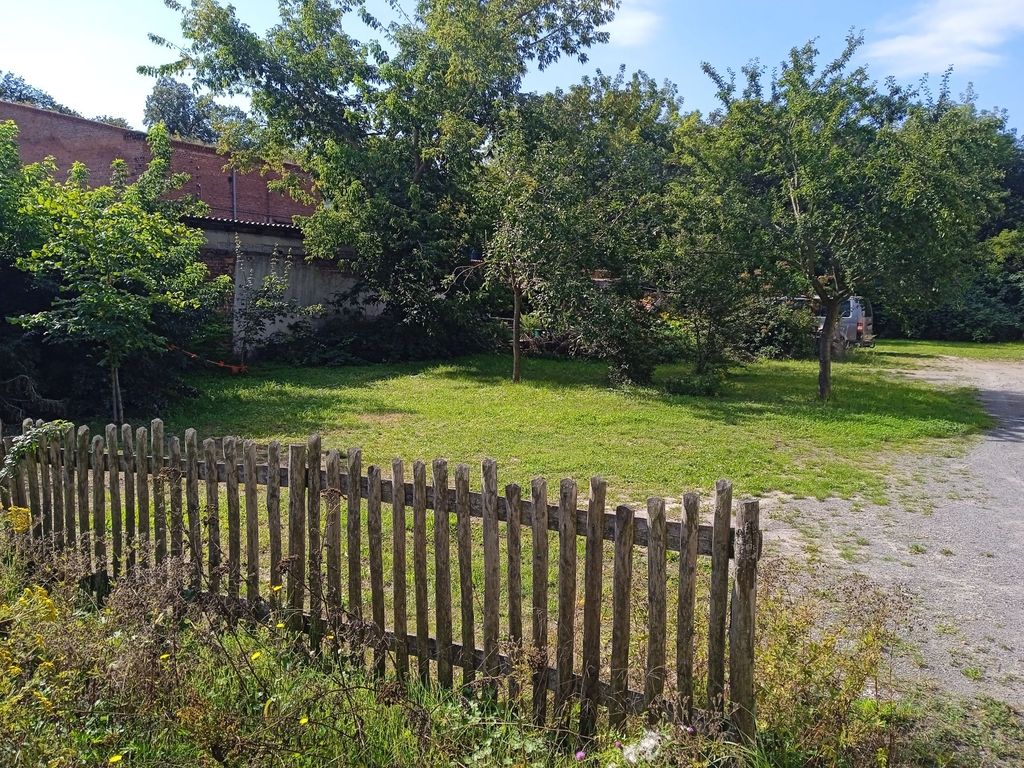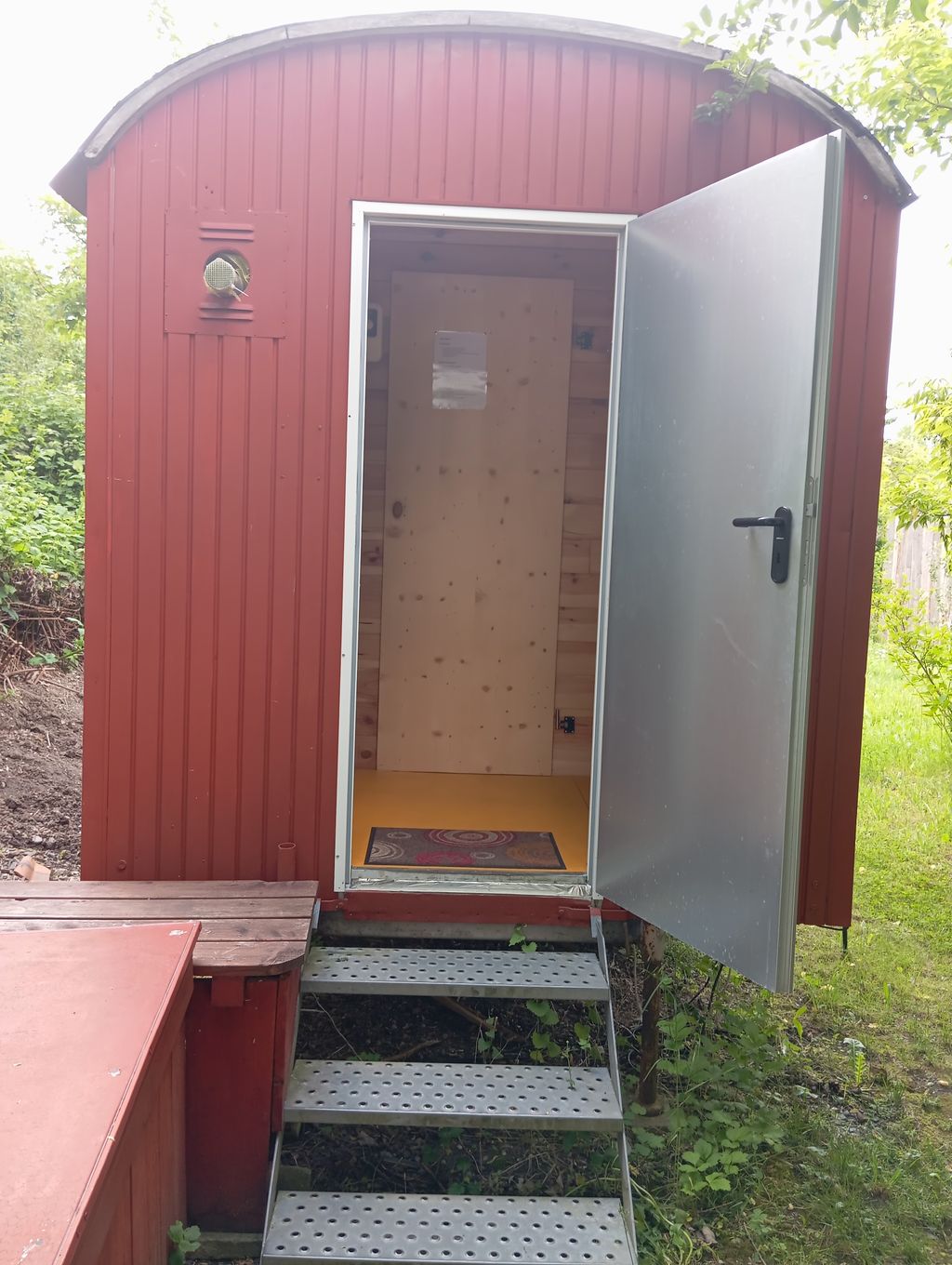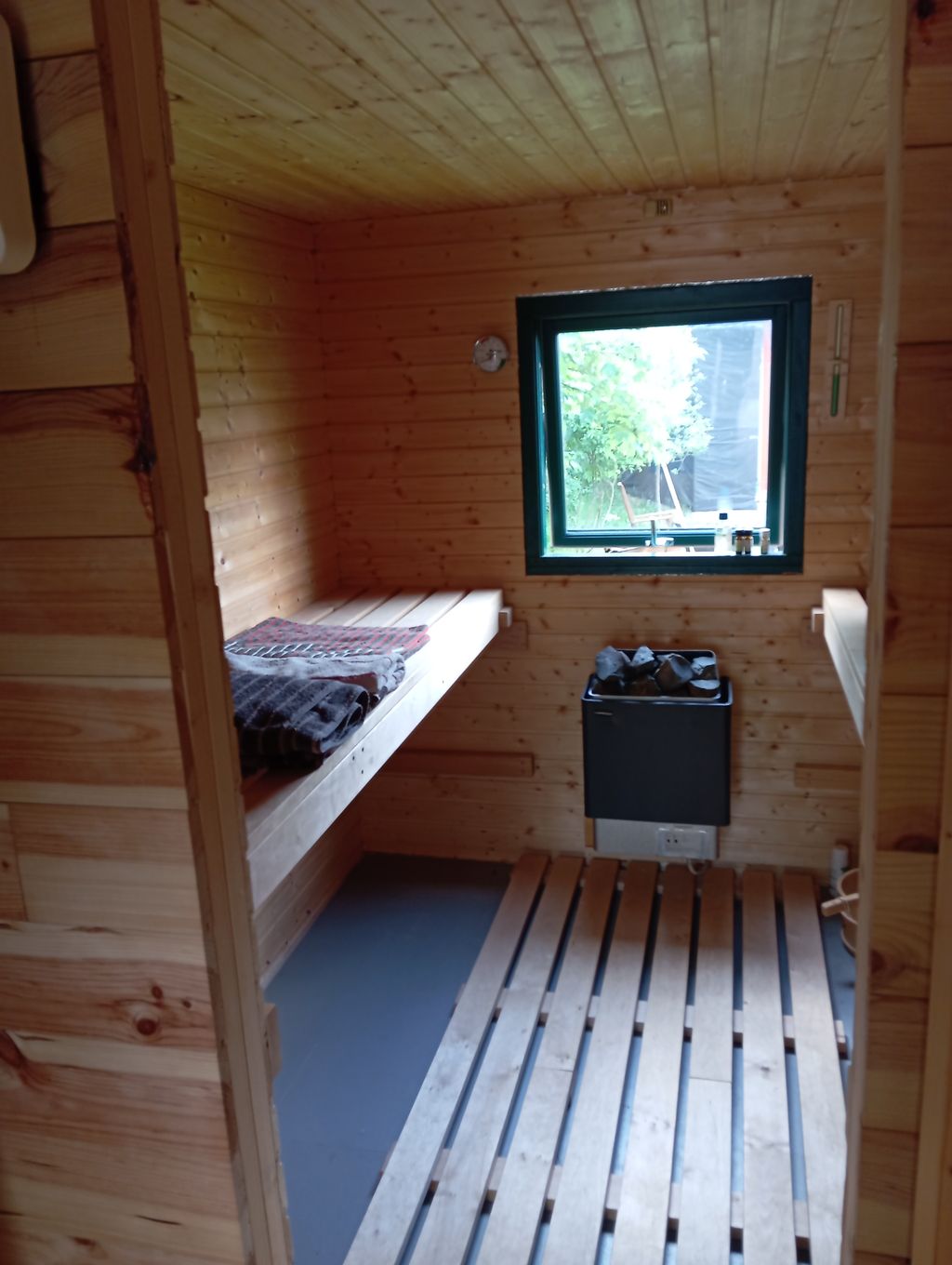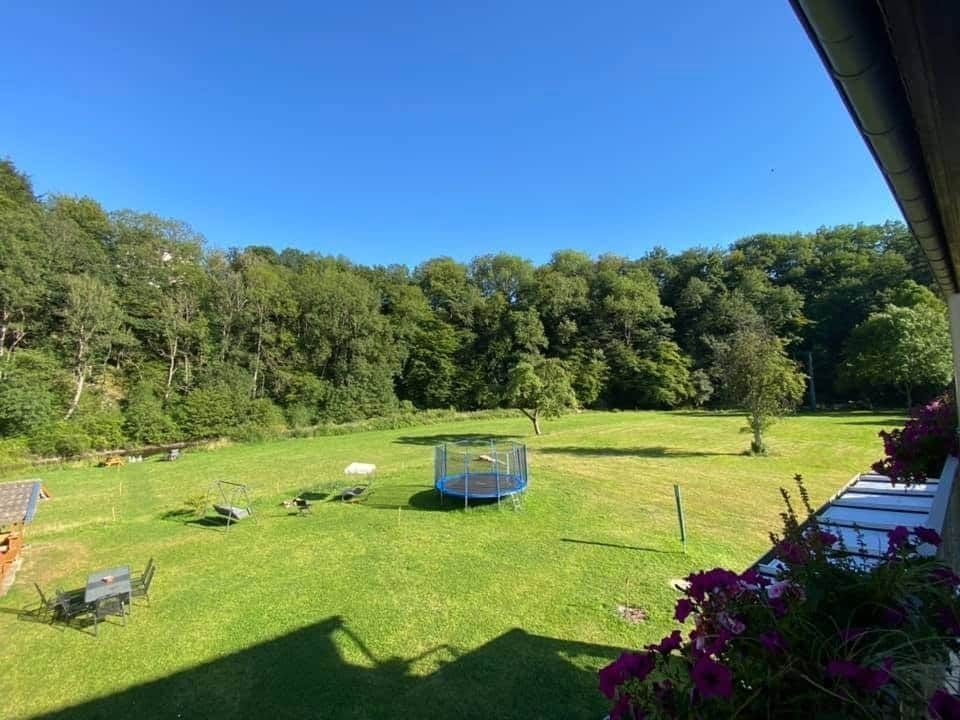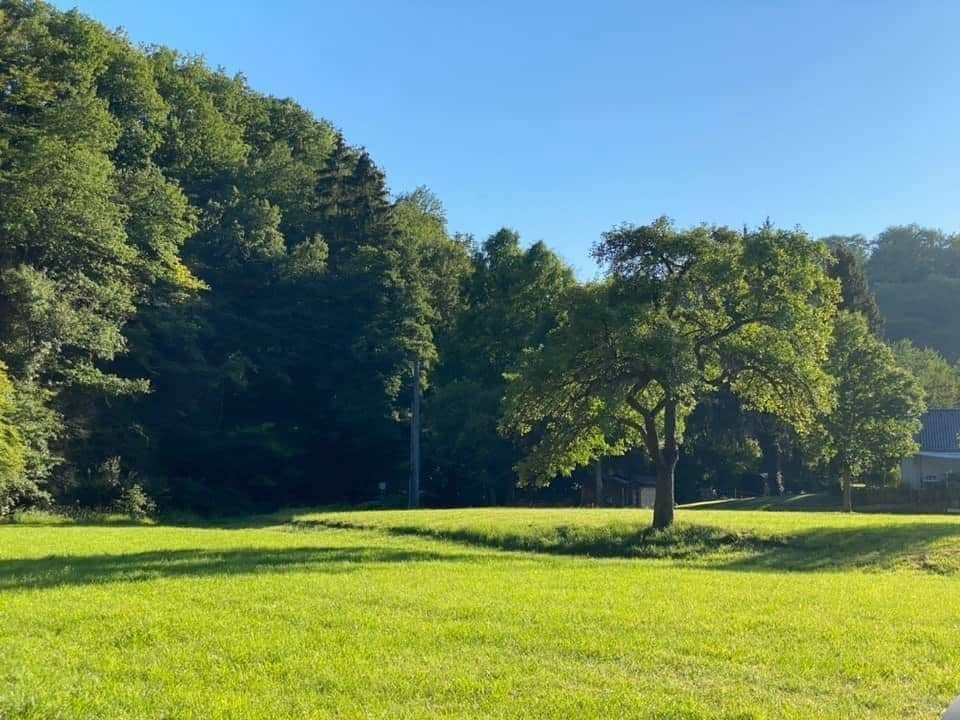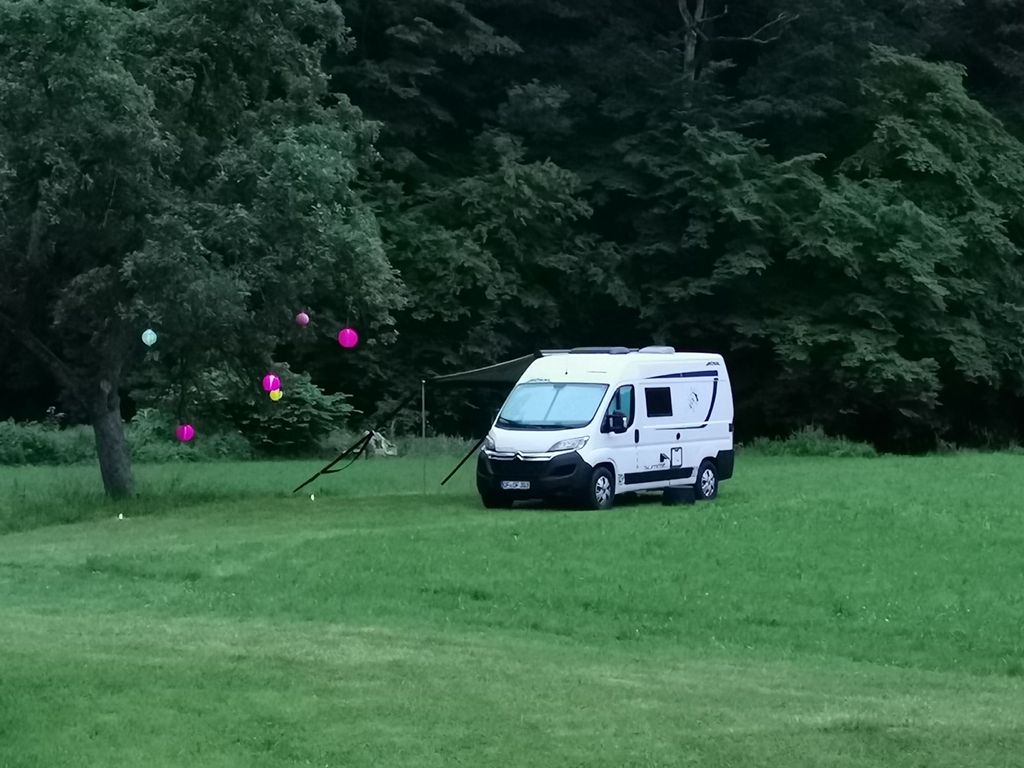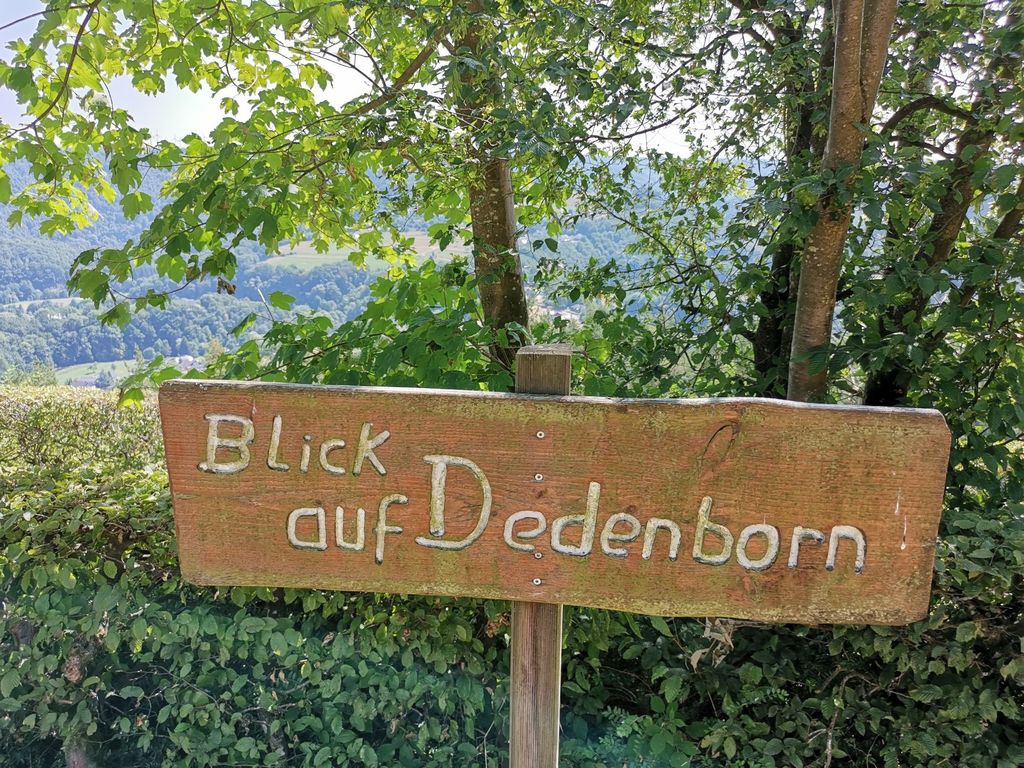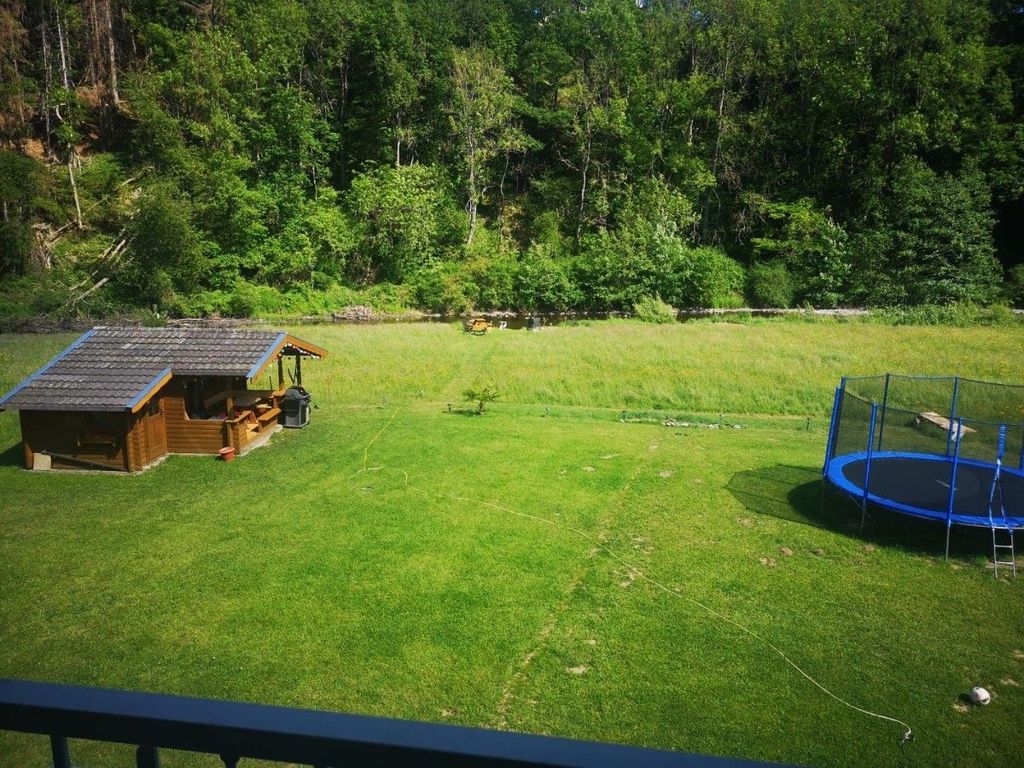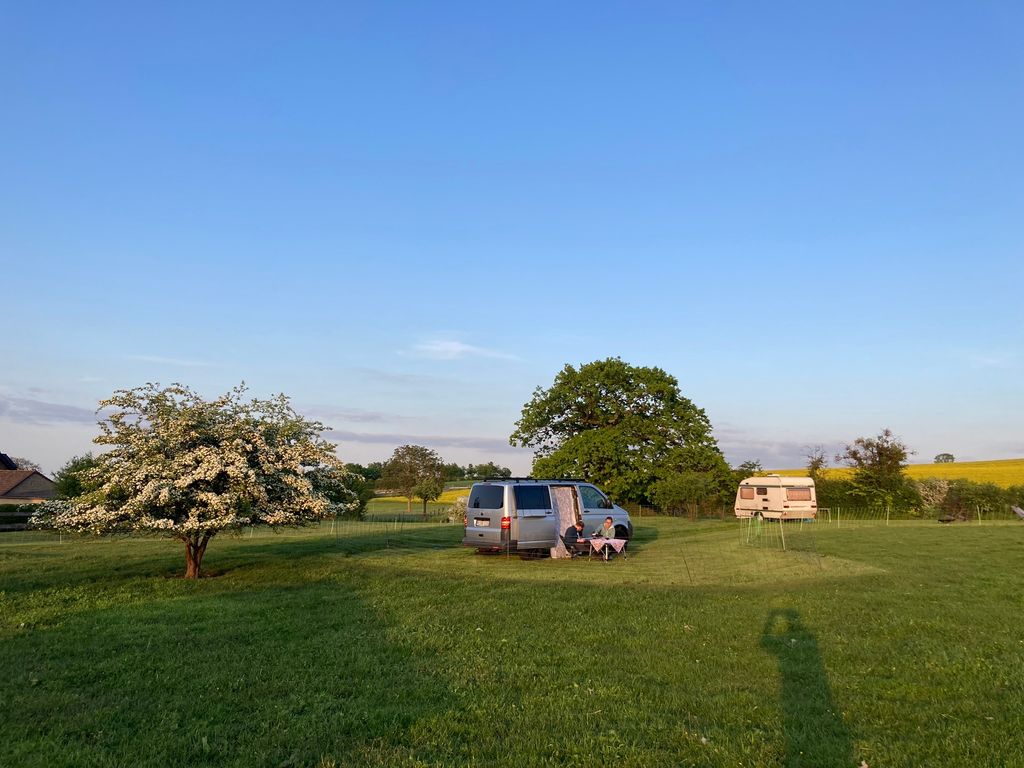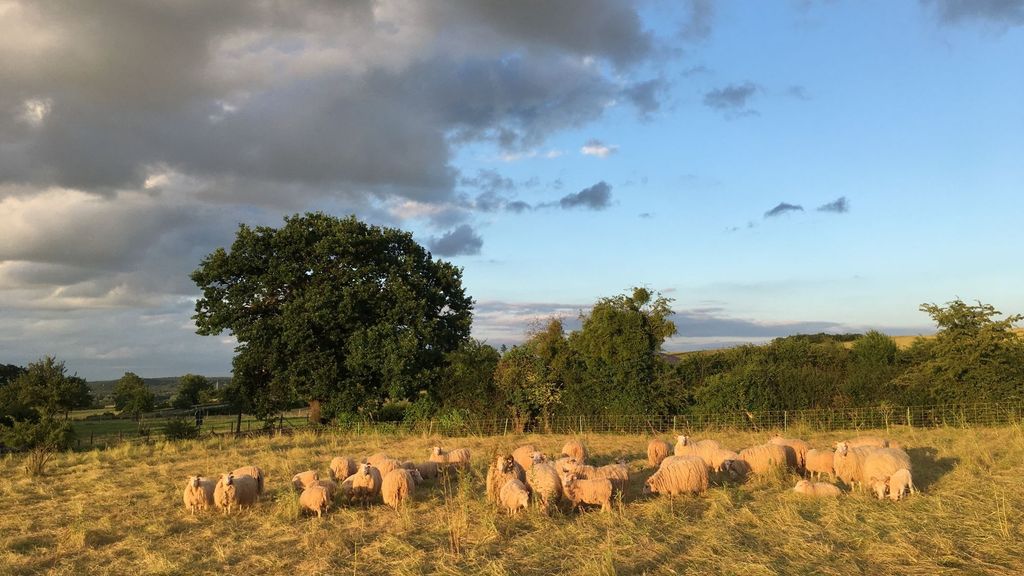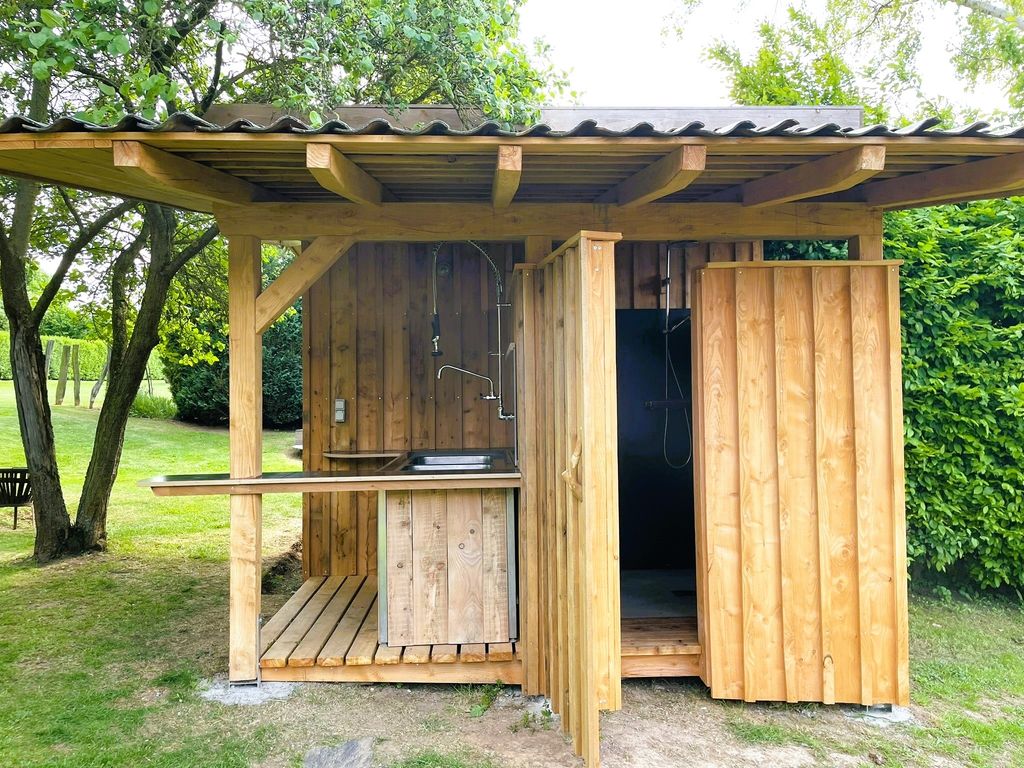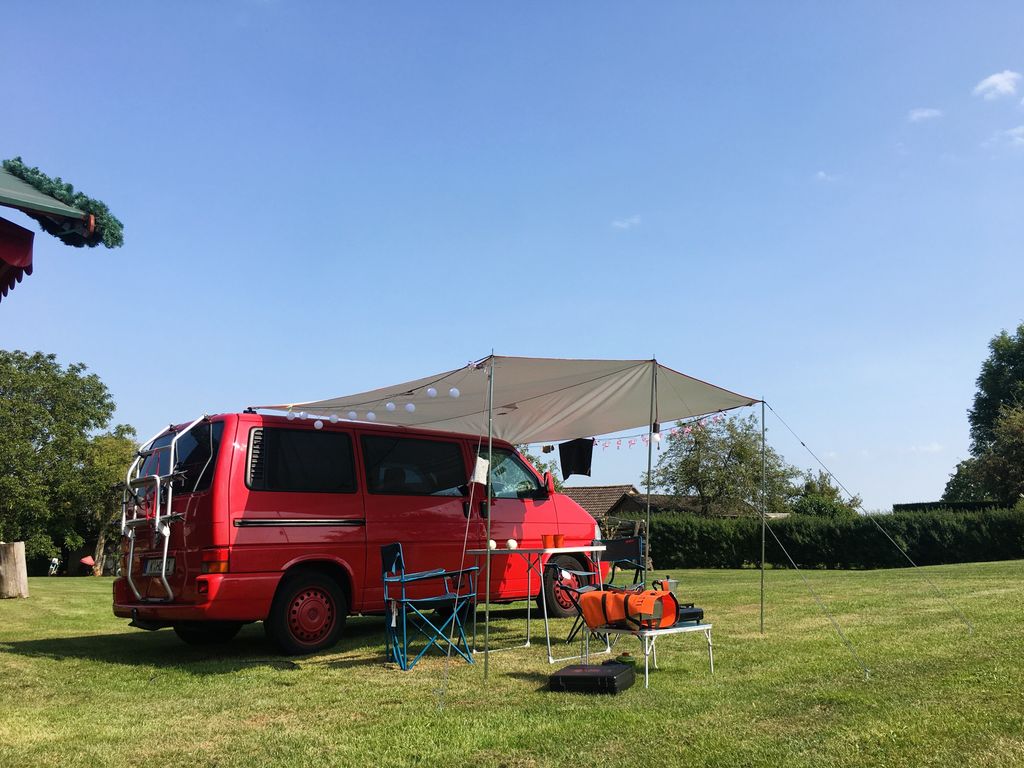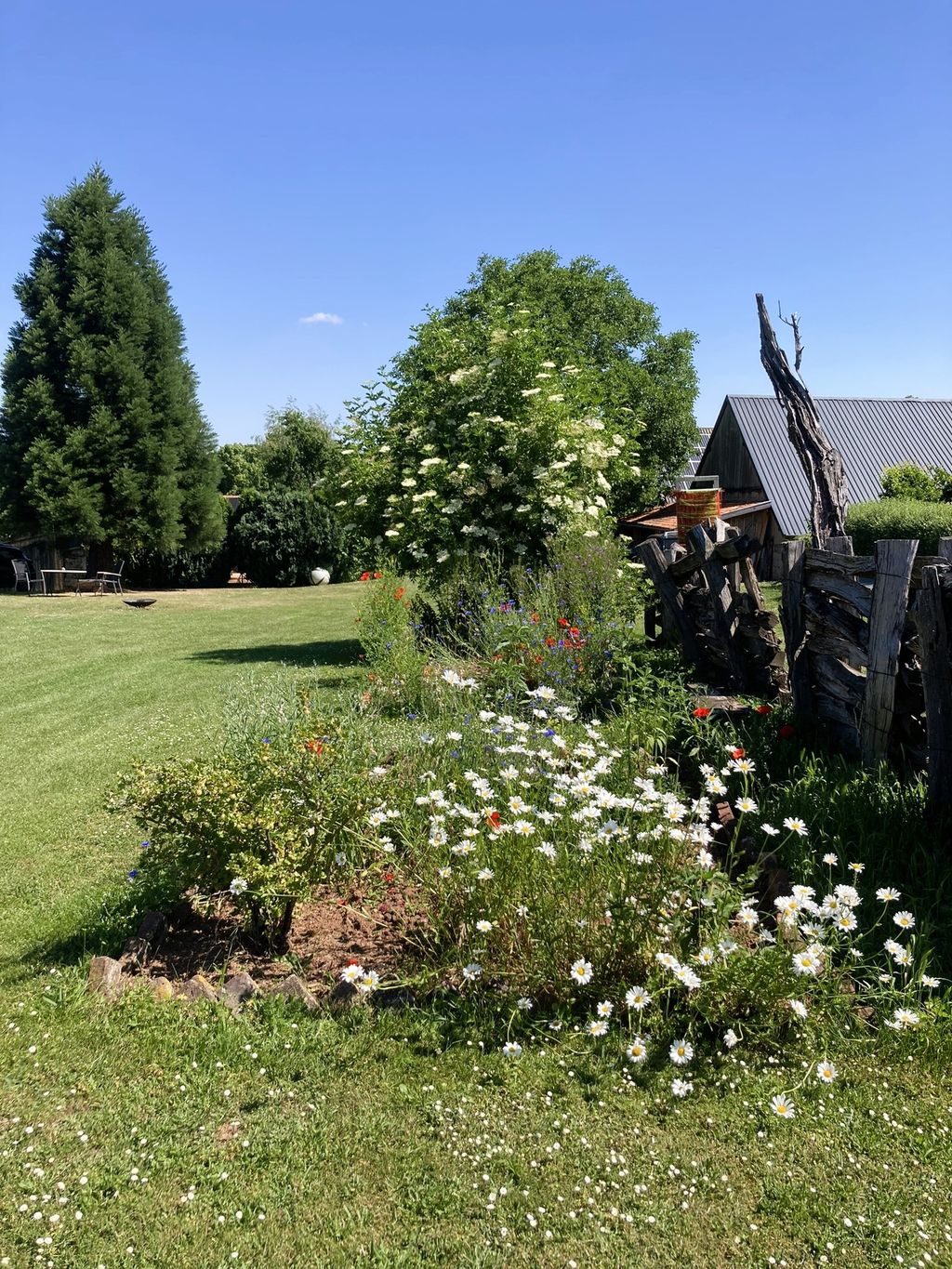Gaze up, get lost: a journey into Hinterland's stargazing haven
Mar 22, 2023from Lesley-Ann Jahn
Discover the finest Hinterland camps amidst the celestial wonders. We'll guide you through essential equipment recommendations and offer expert tips on capturing breathtaking star photos – even with just your smartphone.
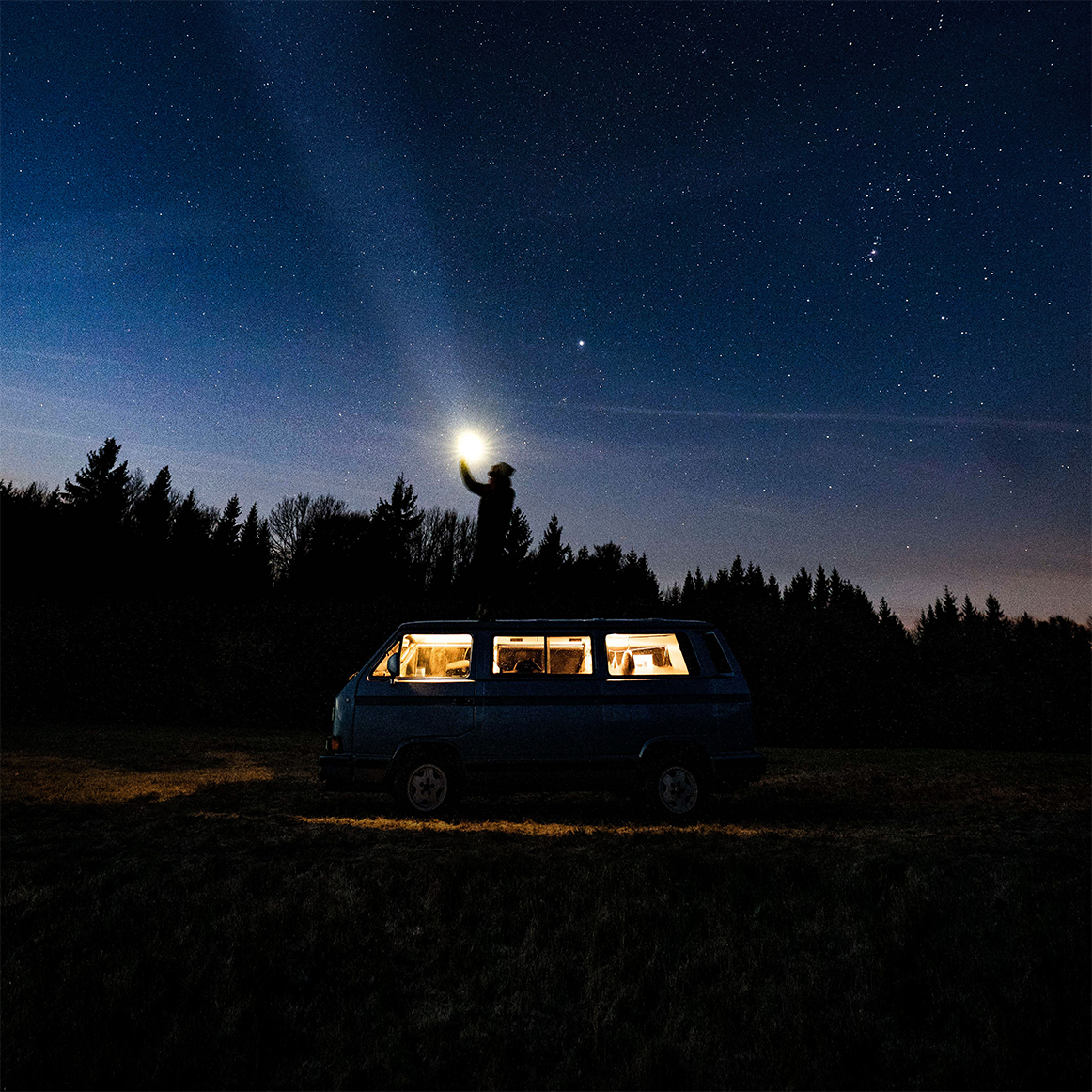
Only a few things bring us closer to the beauty and vastness of the world than a sky full of twinkling stars. And the hinterland is the best place to immerse yourself in the wonderful world of stargazing. In sparsely populated regions outside large cities, there is little light pollution, and it gets really dark - ideal conditions, therefore, to see the night sky with its star images in all its glory. The best thing about stargazing? It's a free outdoor experience that anyone can do, regardless of age or experience. No special equipment is needed to get started - with a little preparation, the right tools and a little patience, anyone can experience the beauty of the night sky. So eyes to the sky and let's go! You might even discover a new constellation or a shooting star that will make your wishes come true. Here are five tips to get you started:
1.) Choose the "right" time.
Before you get started, pick a good time for your stargazing adventure. Make sure in advance that there is no full moon, because the bright light makes it hard to see fainter stars or the Milky Way. Also, depending on the time of year, different constellations can be found in the sky - check out the galaxieregister.de website for an overview. Wait about 1.5 hours after sunset until the sky is really dark.
2.) Be patient.
Observing the night sky and identifying star images requires patience and time. The longer you look at the night sky, the more stars and planets you will discover. It is best to first familiarize yourself with the night sky by observing it with the naked eye. Your eyes need up to fifteen minutes to fully adjust to the darkness. After that, "night vision" kicks in and gives you the best view of the stars. So bring some time for an unforgettable stargazing experience.
3.) Use apps or maps to help you.
To best explore the night sky and make it easier for you to identify and learn more about specific stars and planets in the sky, it is helpful to use a star chart or app. There are several free apps available - for example, we recommend "SkyView," which is available for both iOS and Android devices. The app uses your smartphone's camera to show you live video of the night sky. Also good: the "Star Walk 2" app , which gives you a 3D representation of the night sky, as well as lots of info about stars, planets and other celestial objects . Alternatively, you can also use a physical star chart - a bit old school, but it also has advantages: for example, you avoid the bright glow of the smartphone, which can cloud your view. A practical star chart is the "Kosmos Sky Year" which is available every year and provides an overview of the year's celestial events.
4.) Take the best basic equipment with you.
If you are into stargazing, you should have some basic things with you to make your life easier. To be able to sit relaxed and for a long time during the observation, you should also take a comfortable seat - in the best case a camping chair with headrest. And even if it sounds trivial: Don't forget to dress extra warm, because it gets chilly outside at night even in summer and you don't move much while stargazing. A telescope with high magnification is optimal, but not absolutely necessary to enjoy the beauty of the night sky. Even with simple binoculars, you can see many stars and planets.
5.) Take top cell phone pictures.
To take beautiful pictures of the night sky (and show them to everyone :-)), you don't need professional and expensive camera equipment to get started. It's enough to follow a few simple tips while taking pictures with your smartphone. For example, you should use a tripod with a remote shutter release to avoid blurry pictures. It's also a good idea to use a camera app that allows differentiated settings such as exposure time, ISO value and focus. You can then experiment a bit with these settings and optimally adjust the lighting conditions. Various camera apps that are especially suitable for night shots, such as “NightCap Camera” or “ProCamera”. Of course, the resulting pictures can't compete with those taken by professional photographers who have many years of experience and expensive equipment - they will definitely be better than the snapshot taken by hand. But just try it out, it's really impressive what today's smartphones can do for pictures!
Discover the darkest Hinterland spots for unforgettable stargazing
Southern Germany: The Swabian Alb
The Swabian Alb is not only known for its great landscape, but also for its excellent view of the night sky. A designated stargazing site with large wooden loungers has existed for several years near Zainingen/Römerstein, but even beyond that there are many spots without further infrastructure where hobby astronomers meet. It gets particularly dark in the villages of Ittenhausen, Kochstetten and Wolfswiesen, for example.
Central Germany: Rhön Starry Park
The Rhön Biosphere Reserve is also an excellent place for stargazing, conveniently located quite centrally in the border triangle of Bavaria, Hesse and Thuringia. Due to the sparse population, you can still experience natural night landscapes with star-filled skies here. We from the Hinterland team have already been to the sky showplace in the Hessian Rhön at Meininger Hütte for a campaign, which is equipped with great features like a polar star finder and cozy wave loungers.
- Image 1 of 5
Meadow pitch surrounded by forest and field
Rippershausen OT Solz•from 16€
Instant booking
5.0 (7)
- Image 1 of 5
Beautiful pitch in the Rhön Mountains
Fladungen•from 56€
Instant booking
5.0 (52)
- Image 1 of 5
Camping in a secluded location in the Bavarian Rhön Nature Park
Sandberg OT Waldberg•from 37€
4.8 (70)
- Image 1 of 5
Herb meadow with forest view near the yard
Geisa•from 32€
- Image 1 of 5
Rhön panorama on an old three-sided farmstead
Oberstoppel•from 20€
Instant booking
5.0 (25)
Northern Germany: Harz National Park
A great place for sky gazers is the Sankt Andreasberg Observatory, which at over 700 meters above sea level is the highest observatory in northern Germany. In general, the Harz region is an ideal area for stargazing on your own due to its low haze air and almost no light pollution.
- Image 1 of 5
Insider tip for quiet connoisseurs of the original
Südharz•from 39€
Instant booking
5.0 (138)
- Image 1 of 5
Vacation on the edge of the forest in the Harz National Park
Herzberg am Harz•from 26€
5.0 (161)
- Image 1 of 5
Alone location in the greenery on the outskirts of Quedlinburg
Quedlinburg•from 19€
5.0 (100)
West Germany: The Eifel National Park
The Eifel National Park is not only a beautiful natural area, but also an ideal place for stargazing. In the designated stargazing park area, there are several vantage points and observation platforms from which to view the night sky - including Hellenthal-Udenbret and near Nideggen-Schmidt.
Eastern Germany: Westhavelland Nature Park
This stargazing hotspot in Brandenburg was officially named Germany's first star park in 2014. It takes less than two hours to get there from Berlin and about three hours from Hamburg. The entire area is designated as a night sanctuary and is just under 1380 km² in size. Great remote observation spots are, for example, in Zootzen and between the small towns of Parey and Gülpe.
